Crowded, noisy and chaotic by day. Quiet and brooding by night, Sham Shui Po (深水埗) is a quintessential Hong Kong working-class neighbourhood in the heart of Kowloon that reflects the metropolis’s dual personalities.
Sham Shui Po (literally meaning “deep water pier”) derives its name from its historic function as a docking pier and was an important industrial zone from the 1950s to 80s. Thousands of people worked in garment factories there until mainland China opened up and their jobs were soon taken by lower cost labourers.
Today, Sham Shui Po remains largely ungentrified and is characterised by post-war buildings with crumbling facades. These tong lao (唐樓) tenement buildings are home to countless street markets on the ground floor where residents flock each day. Many of the upper floors have been sub-divided into tiny (and often illegal) living spaces which have become known as “cage homes” (籠屋).
As well as elderly residents, its population also includes many new arrivals from mainland China, Africa and South East Asia. It is one of the densest and poorest neighbourhoods in Hong Kong. Despite this, the streets have an informal and friendly atmosphere with plenty of public spaces. There are many cheap and delicious restaurants.
I often find myself back here on my regular visits to Hong Kong, catching up with old friends and getting lost in the vibrant backstreets. As an outsider, there is something undeniably appealing about the unapologetic grittiness of the area that lends itself to photography. Below are some shots I took during an afternoon and evening in September.
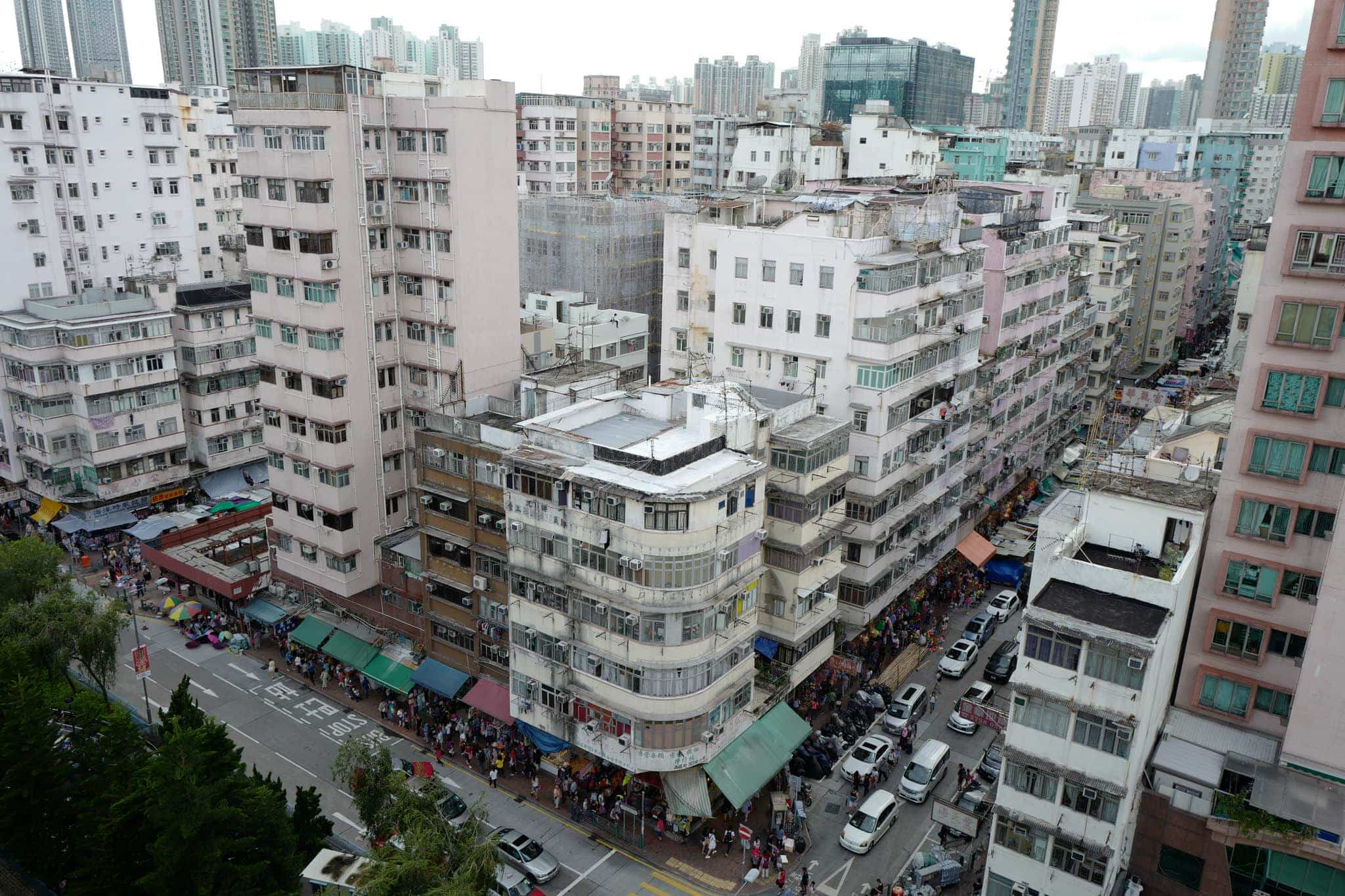
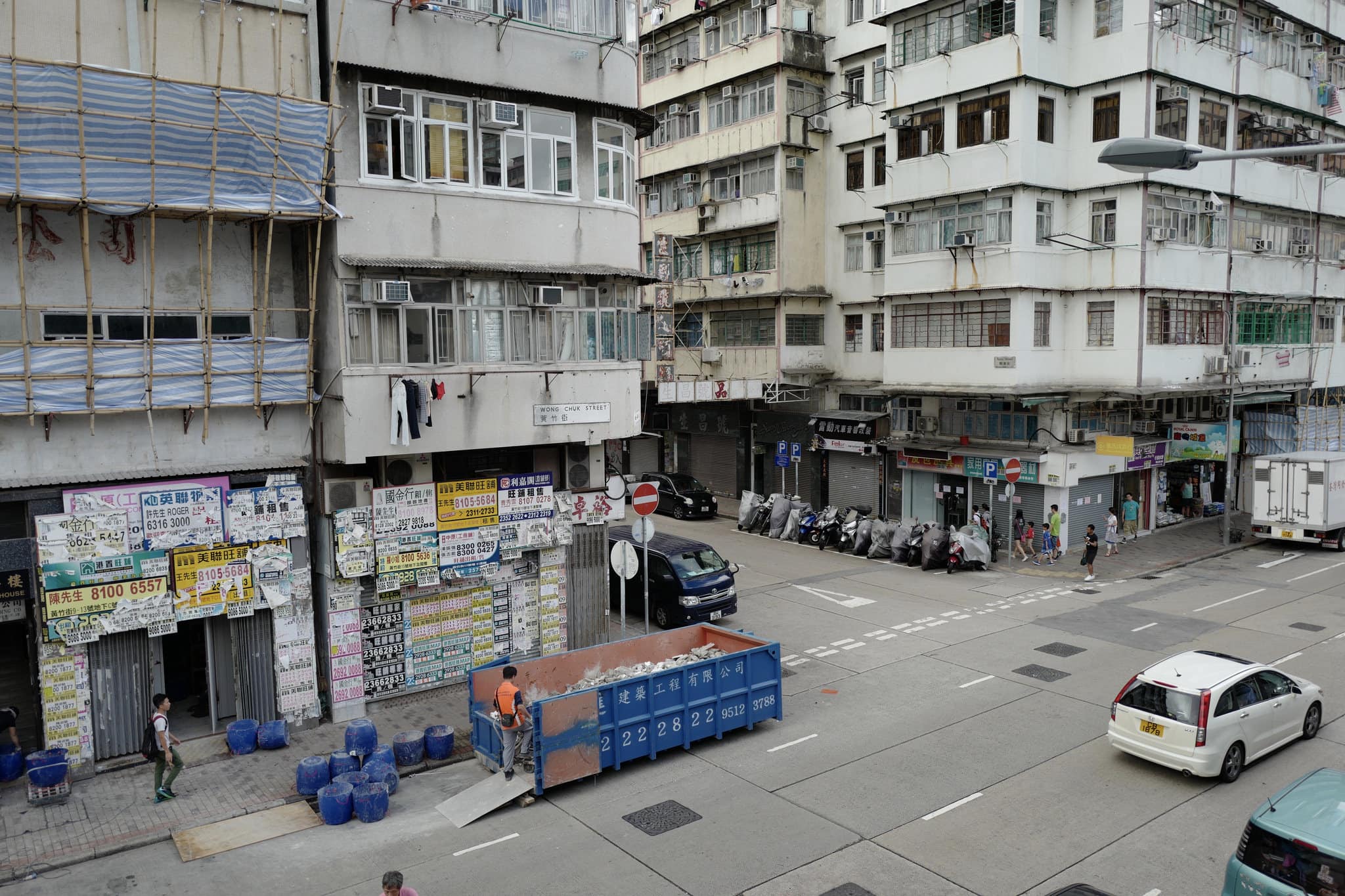
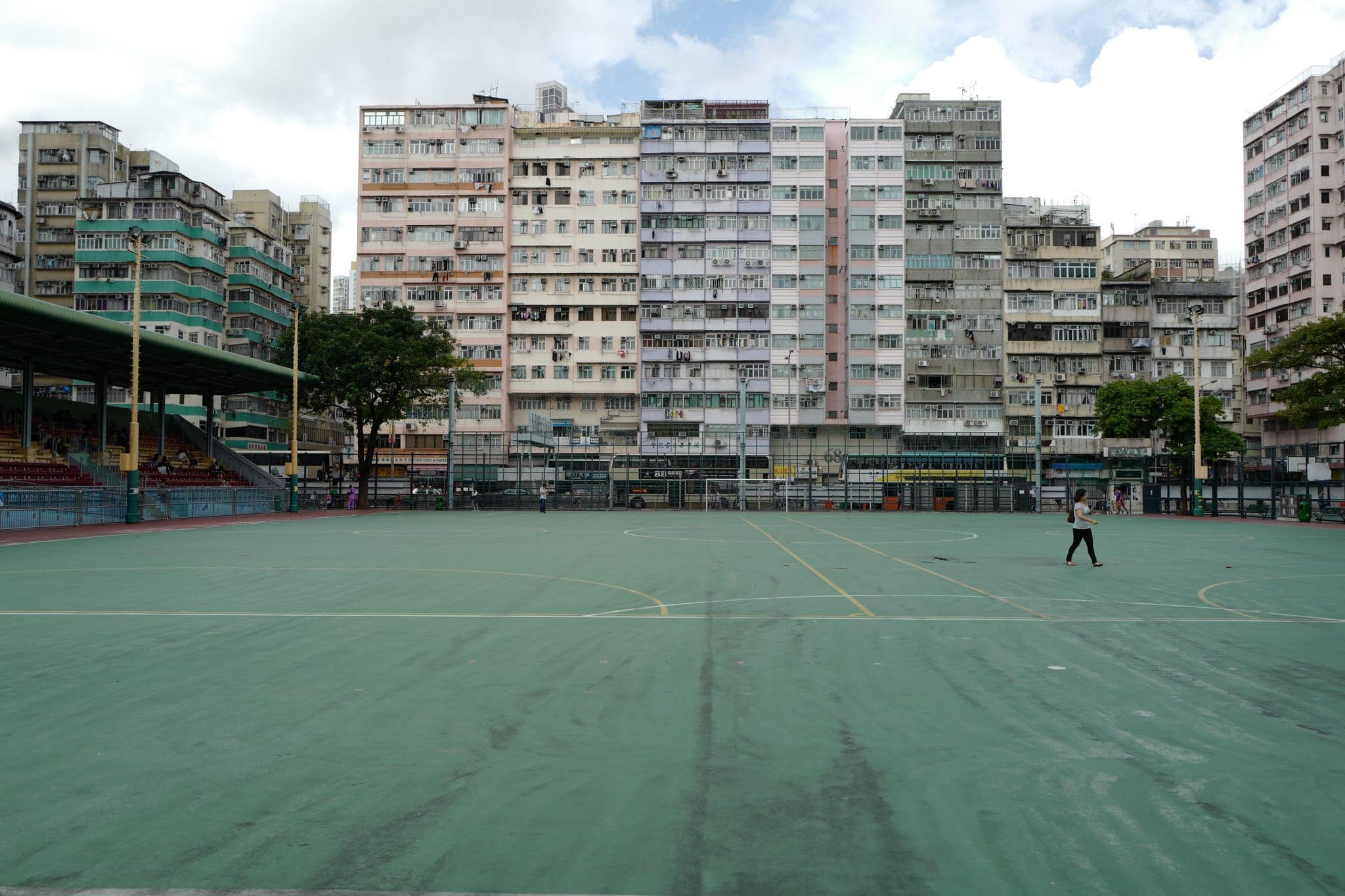
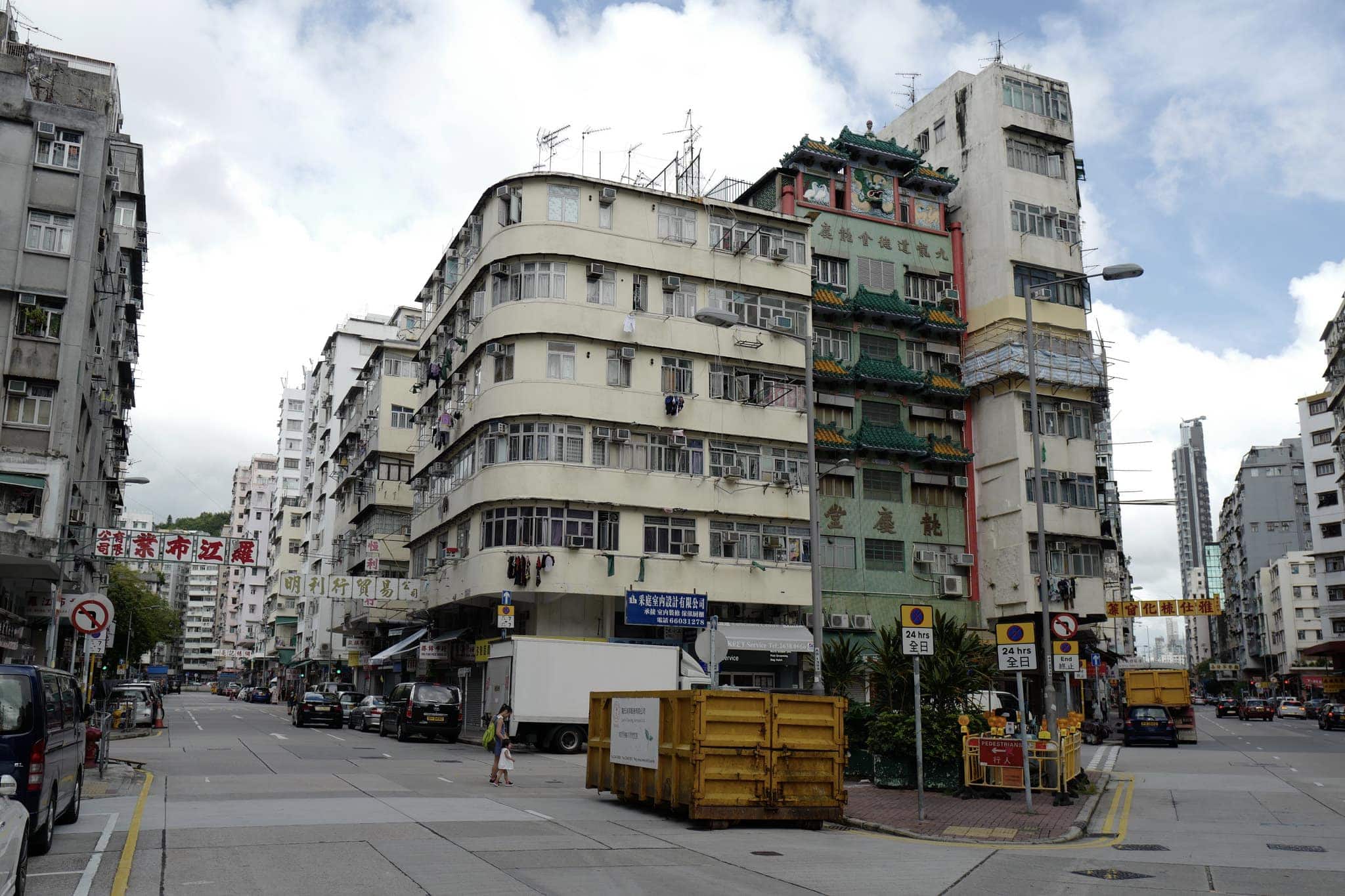
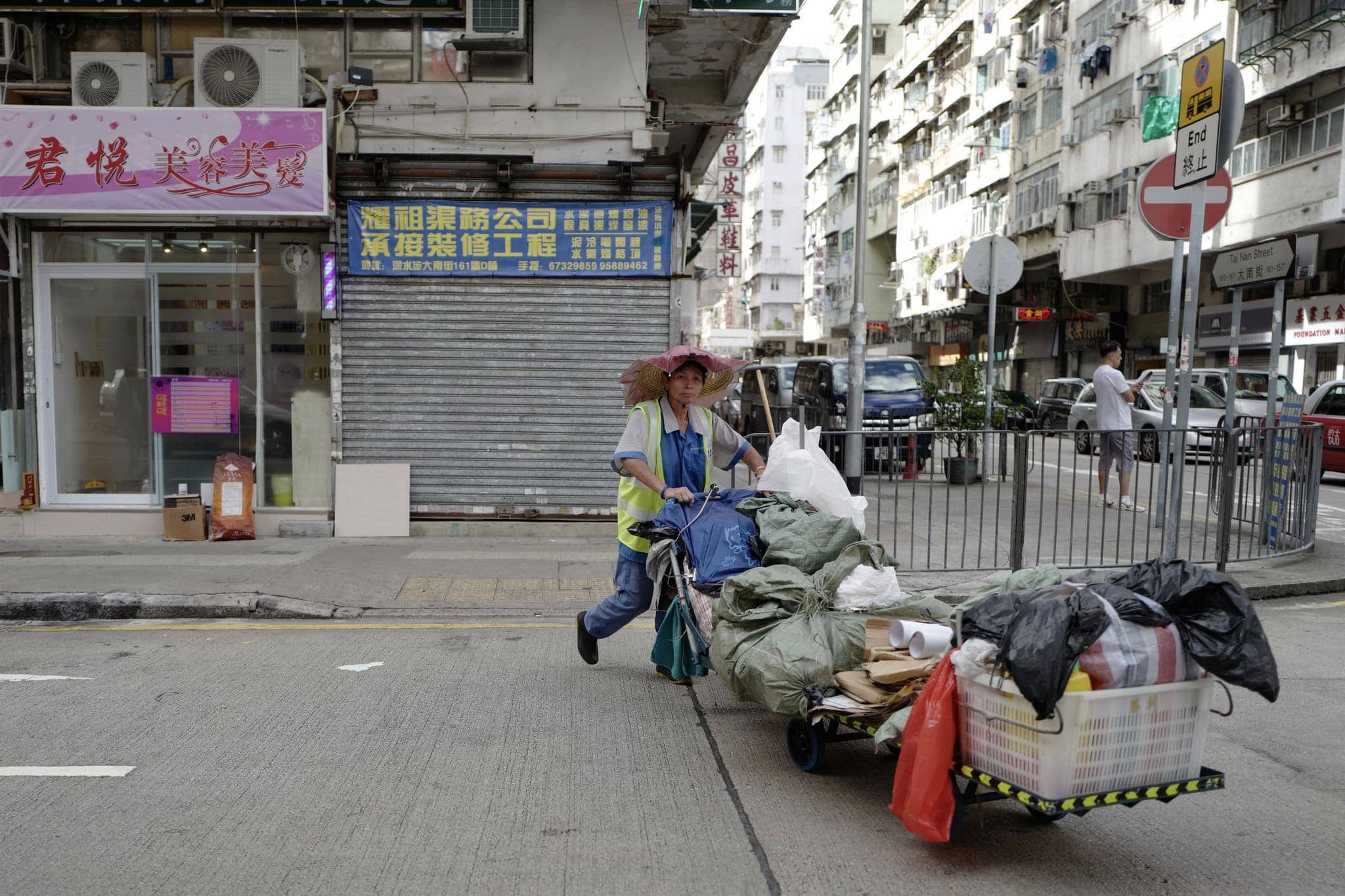
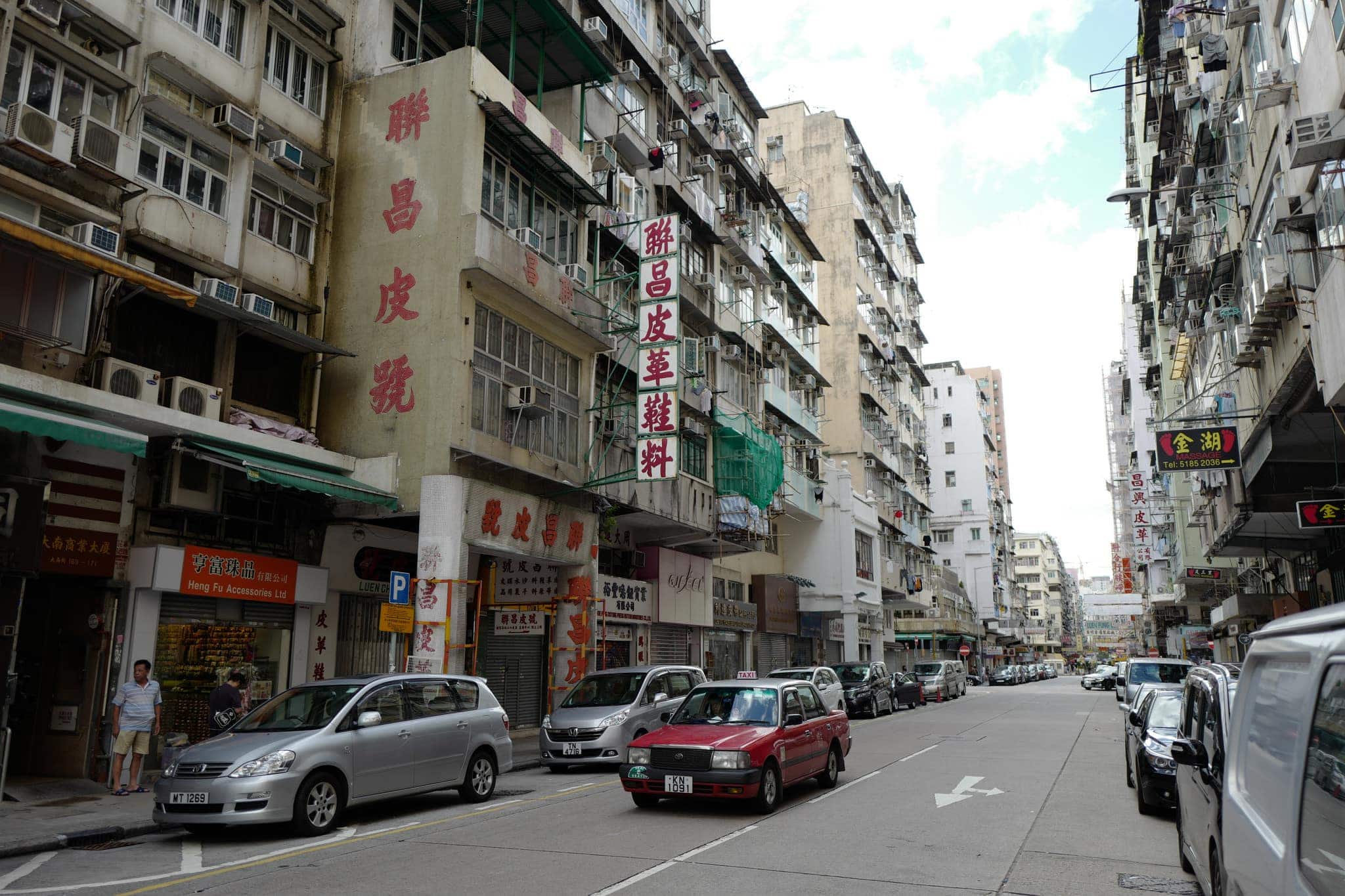
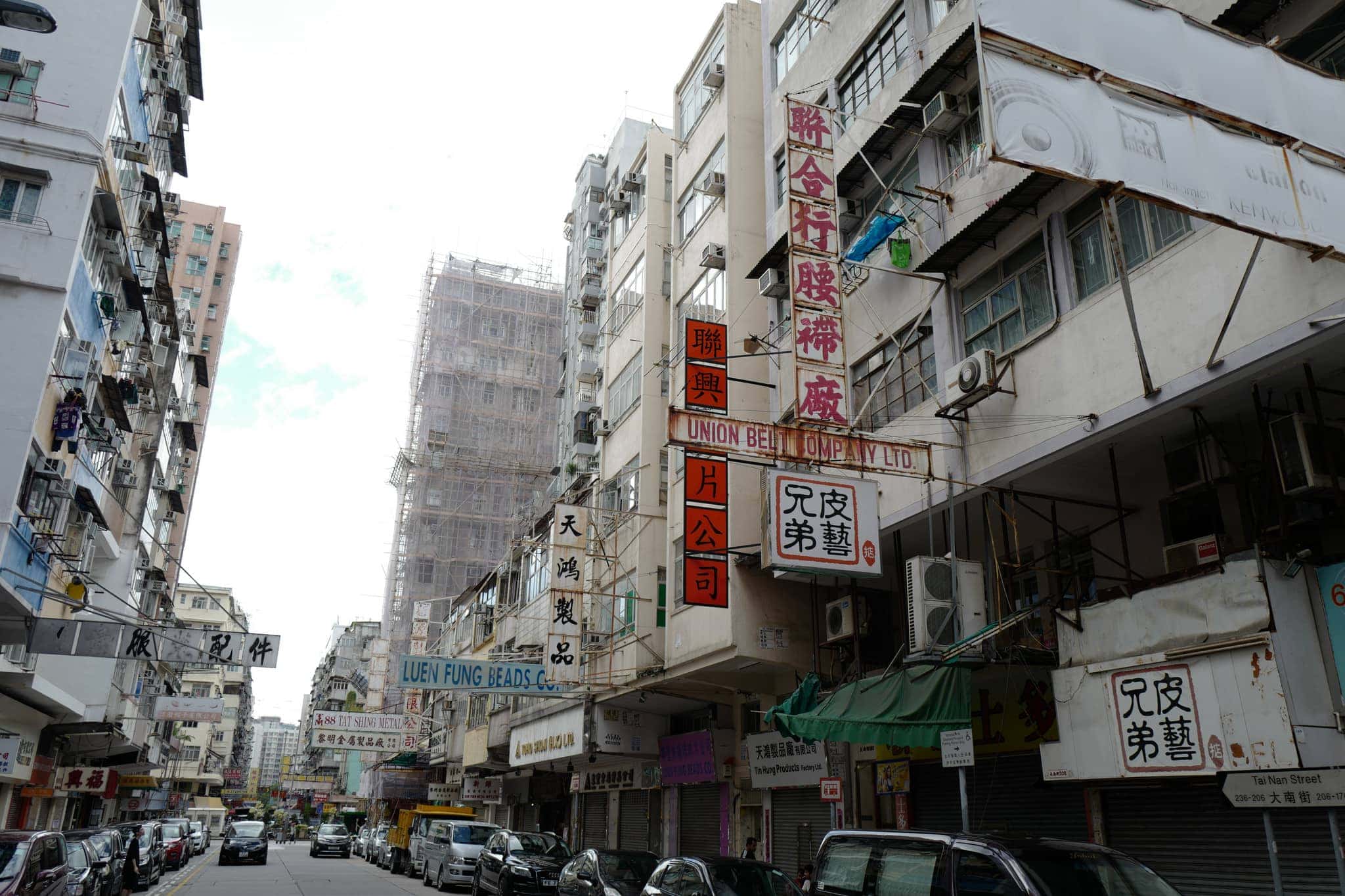
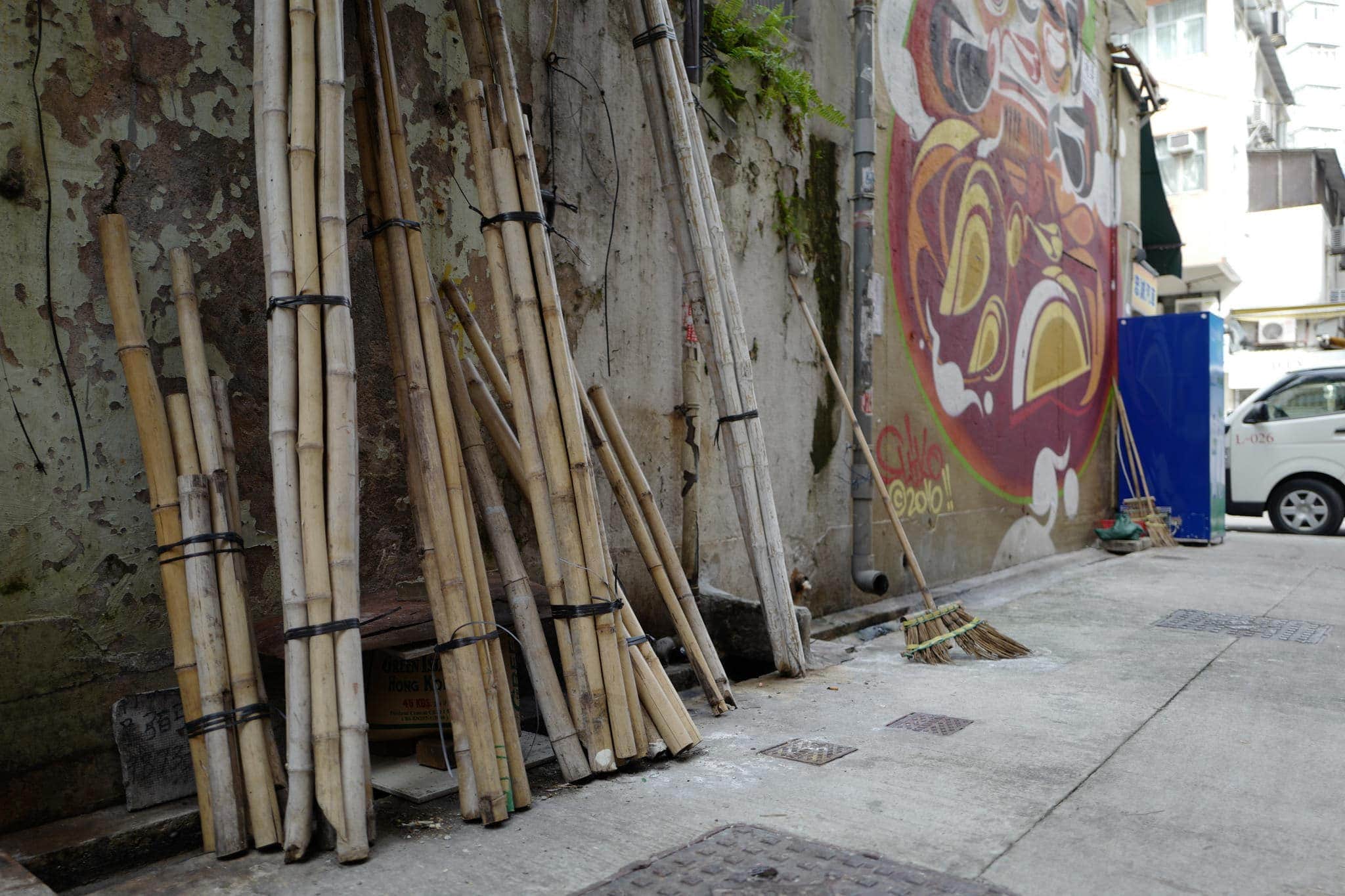
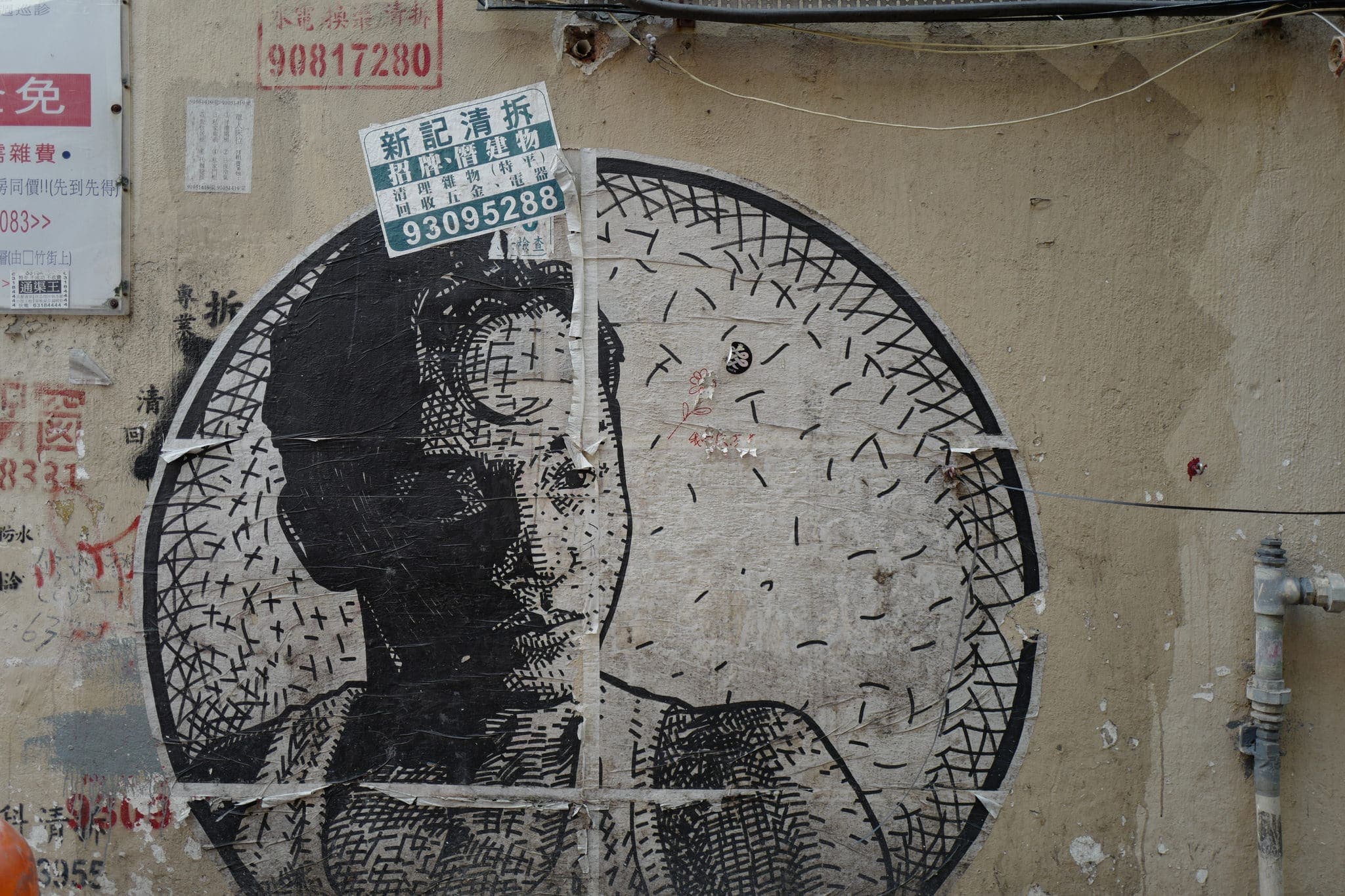
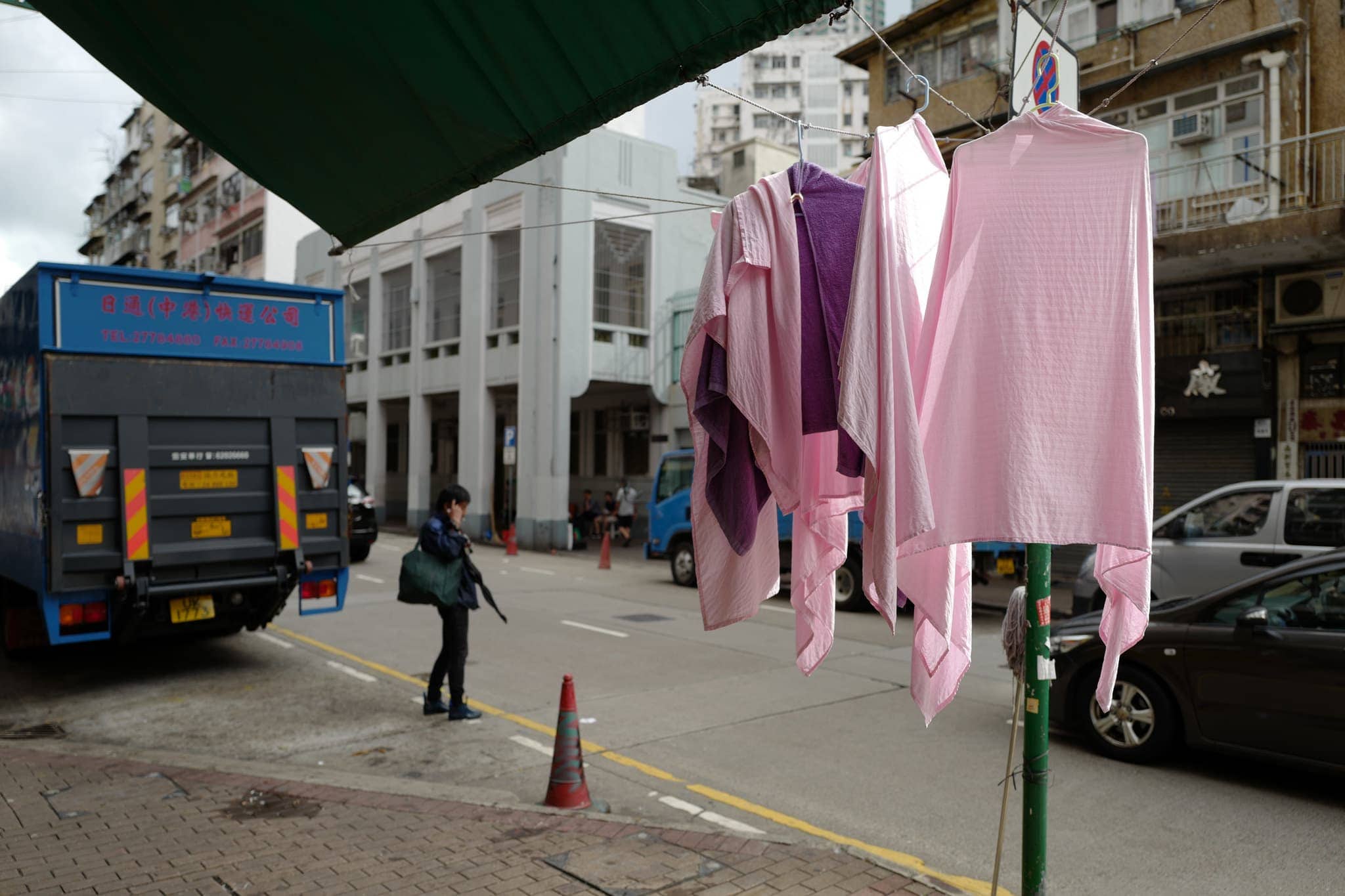
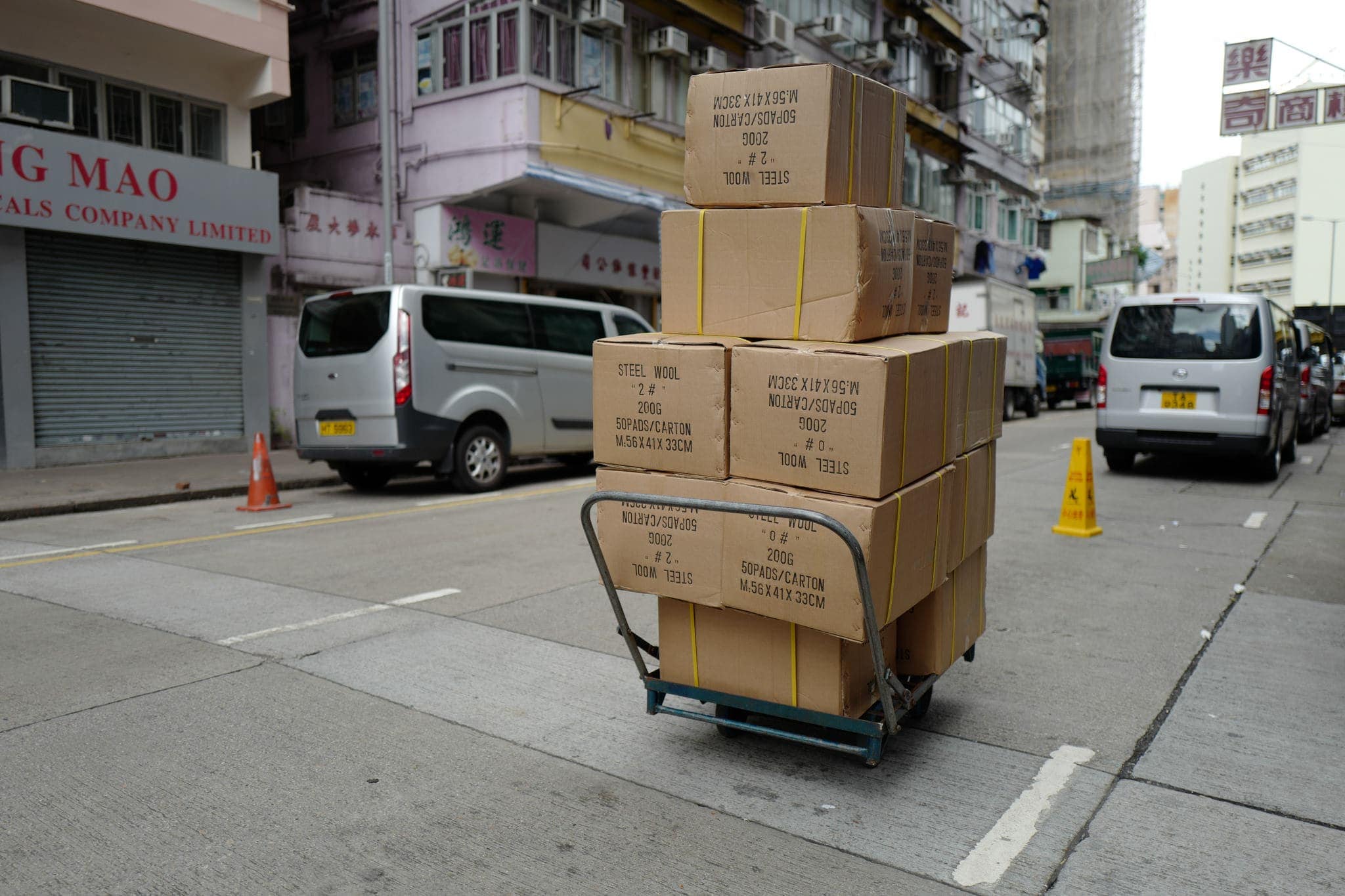
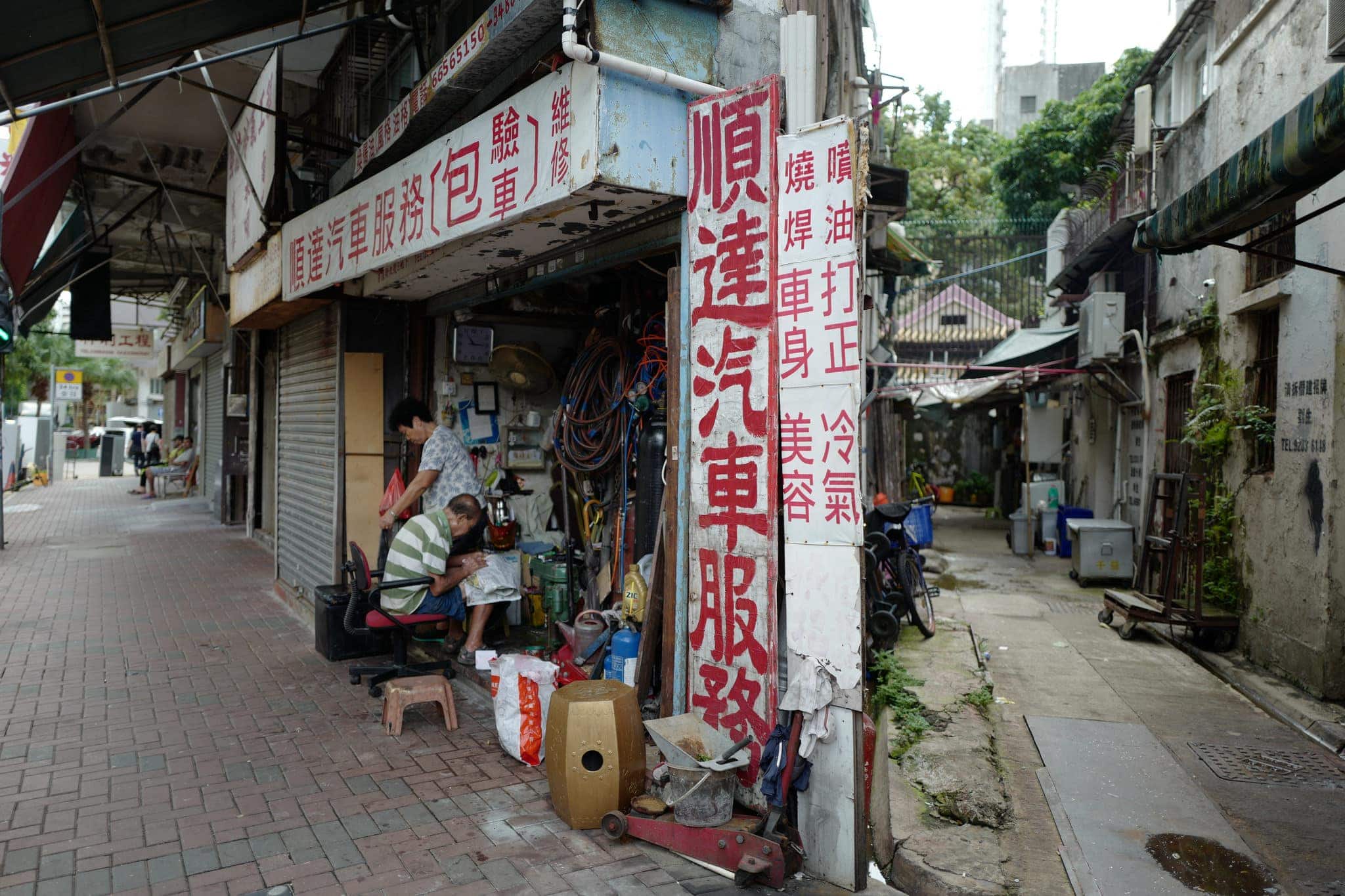
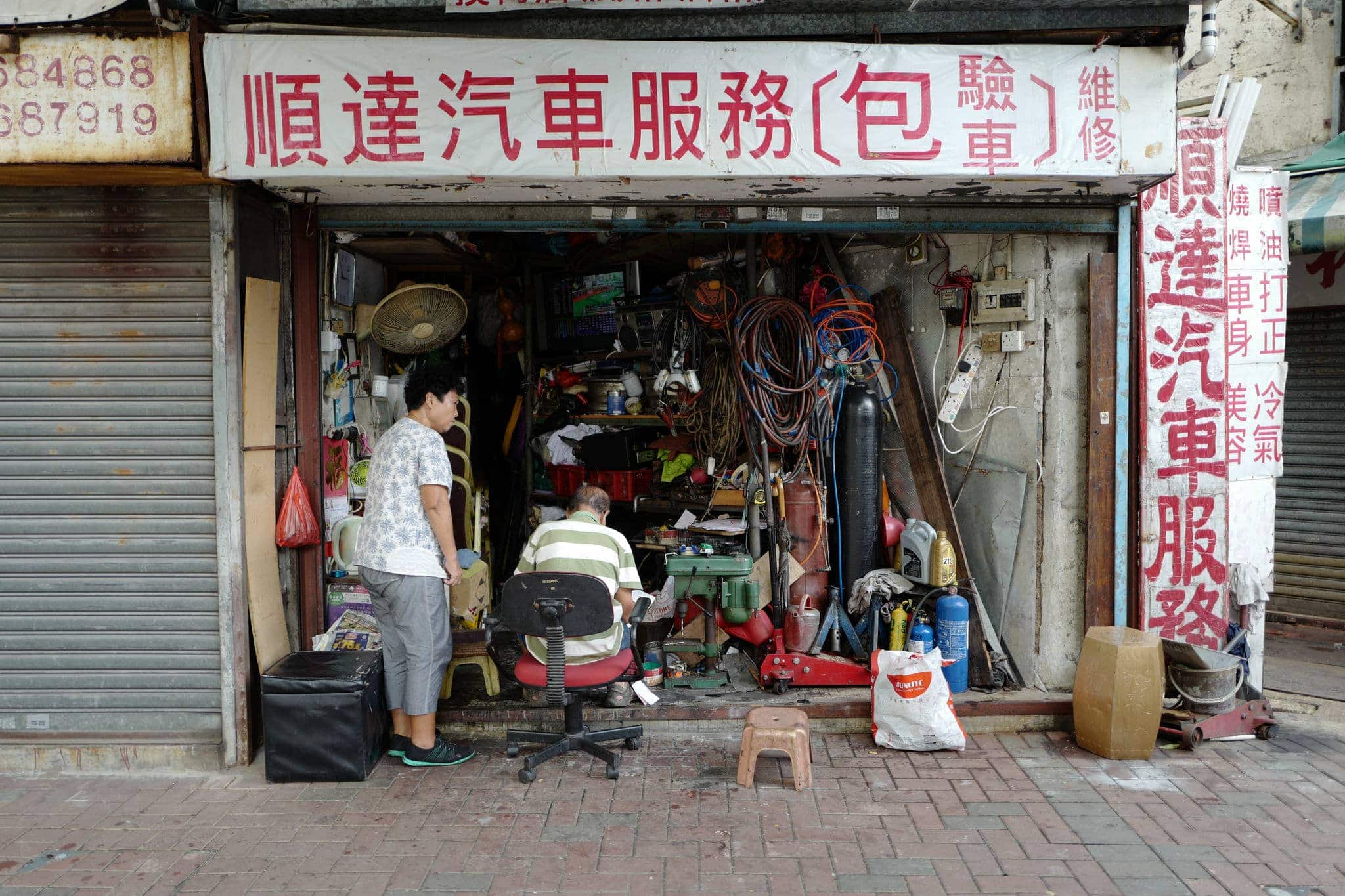
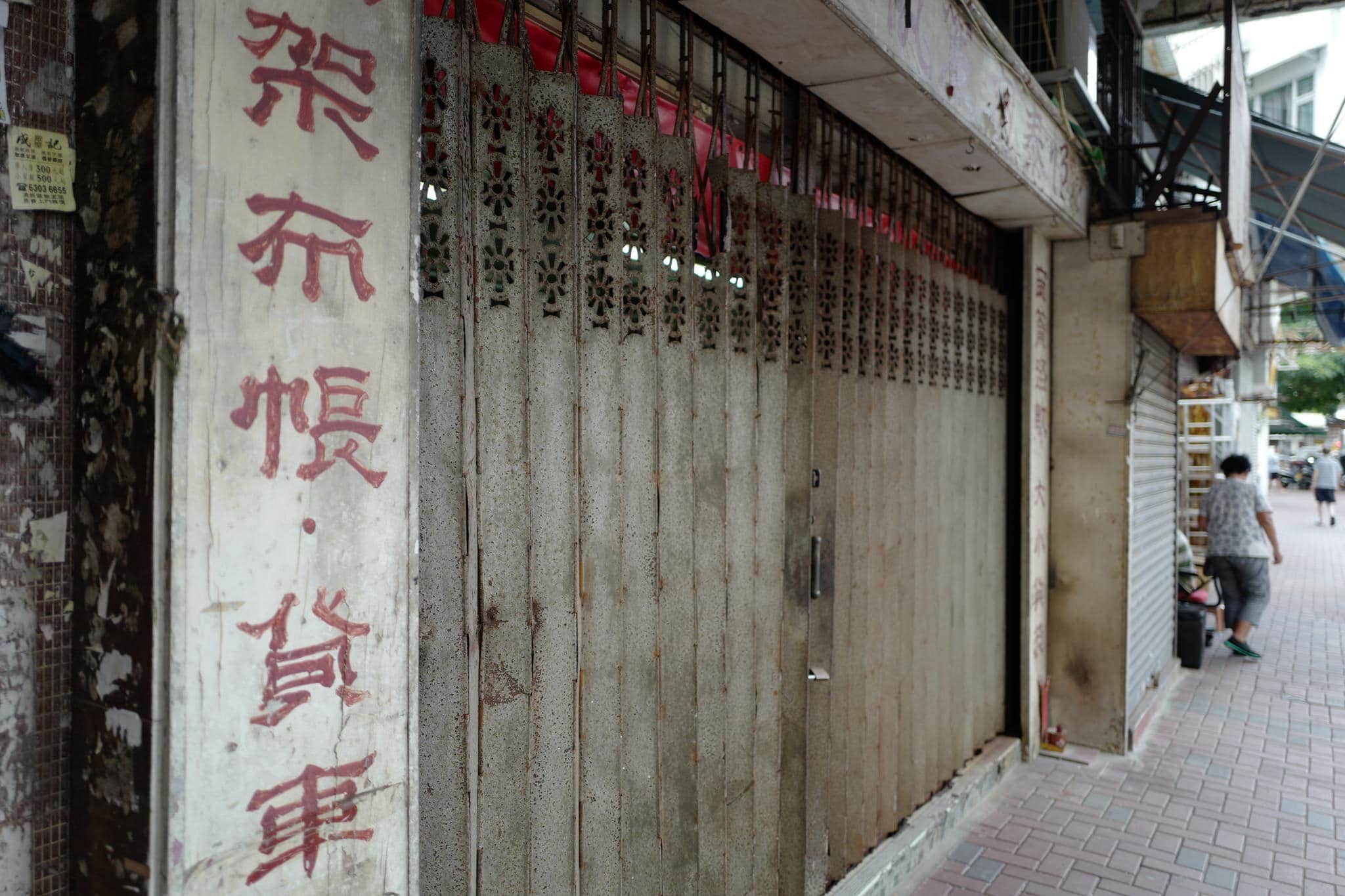
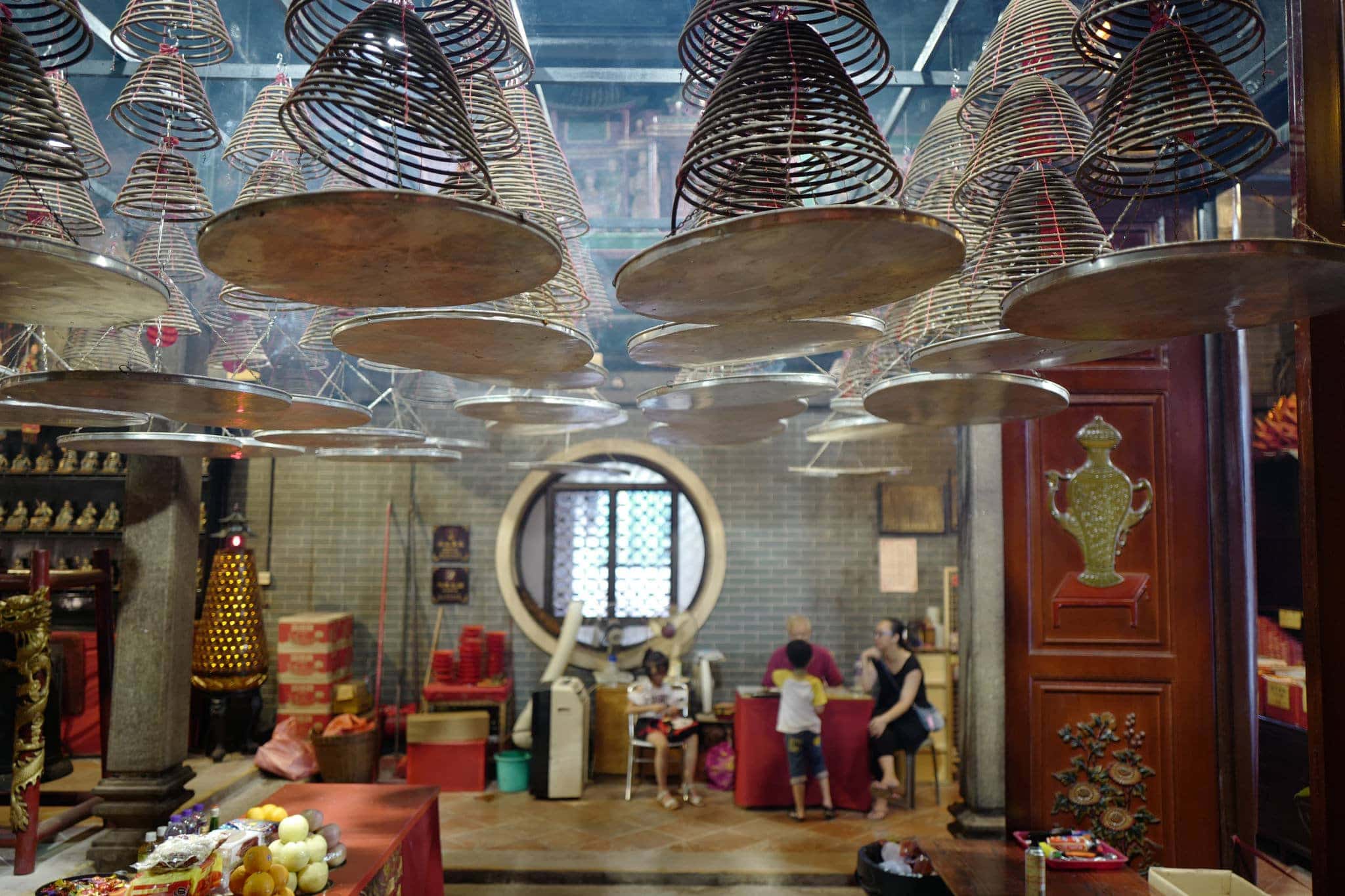
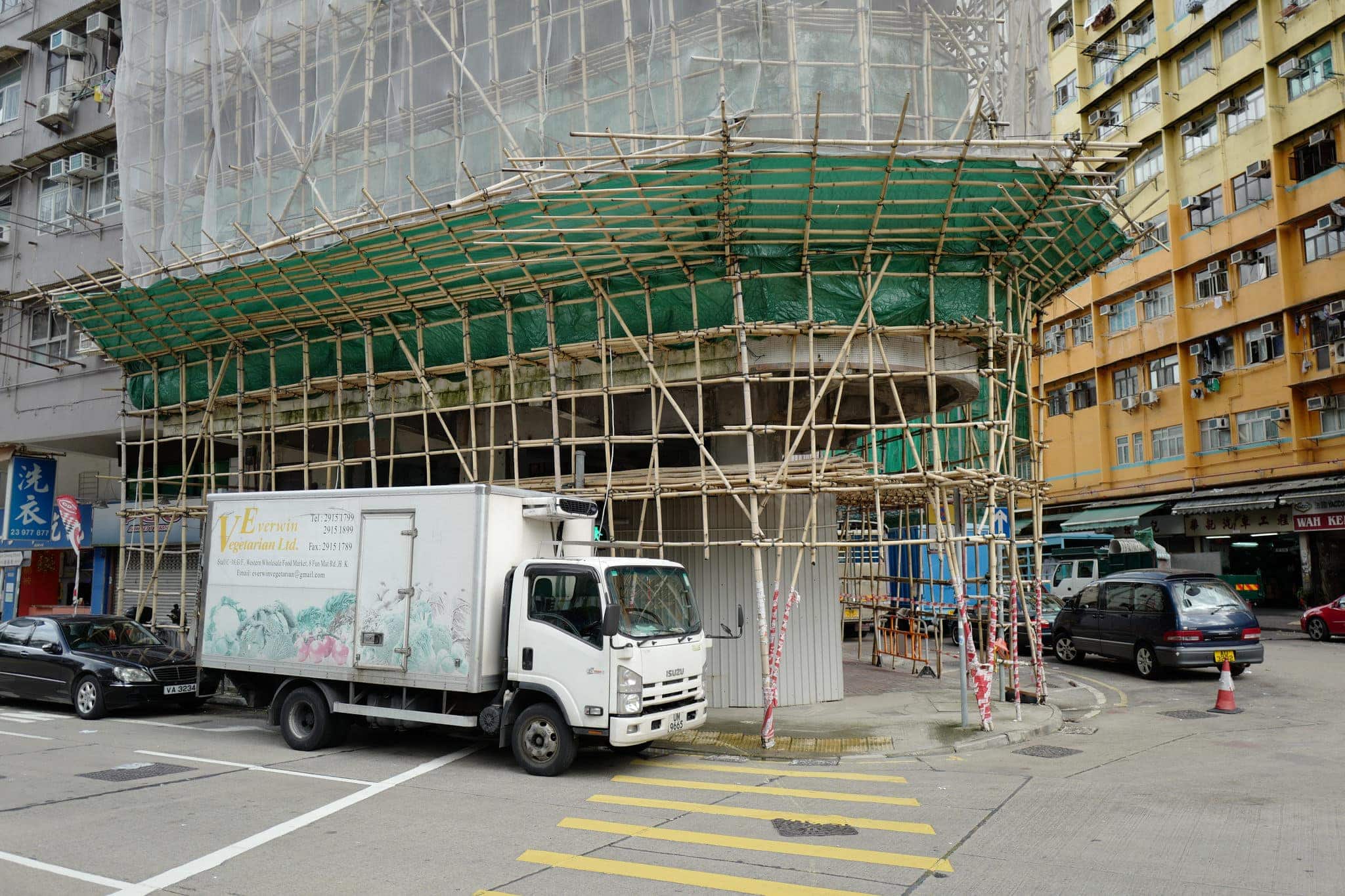
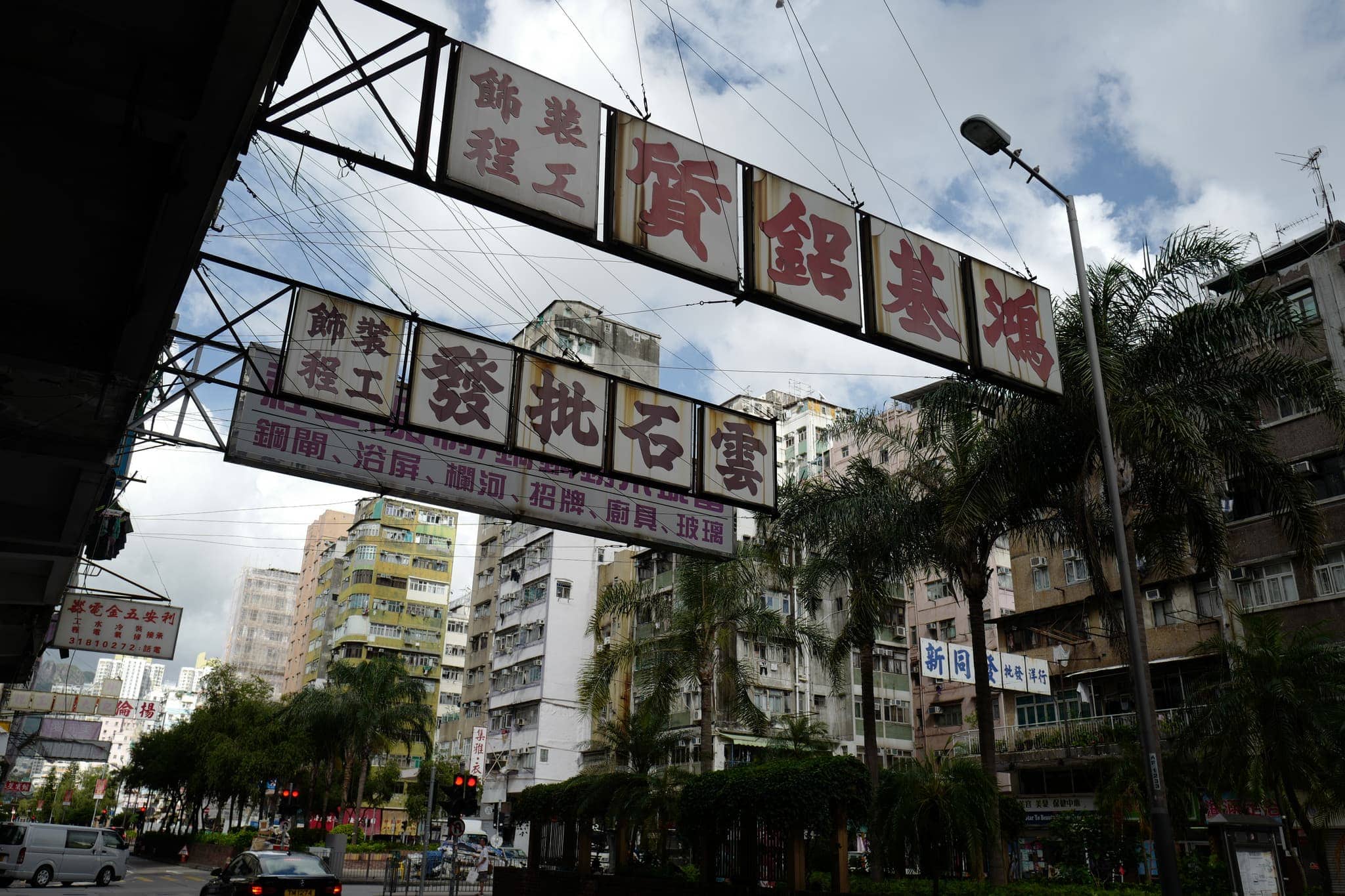
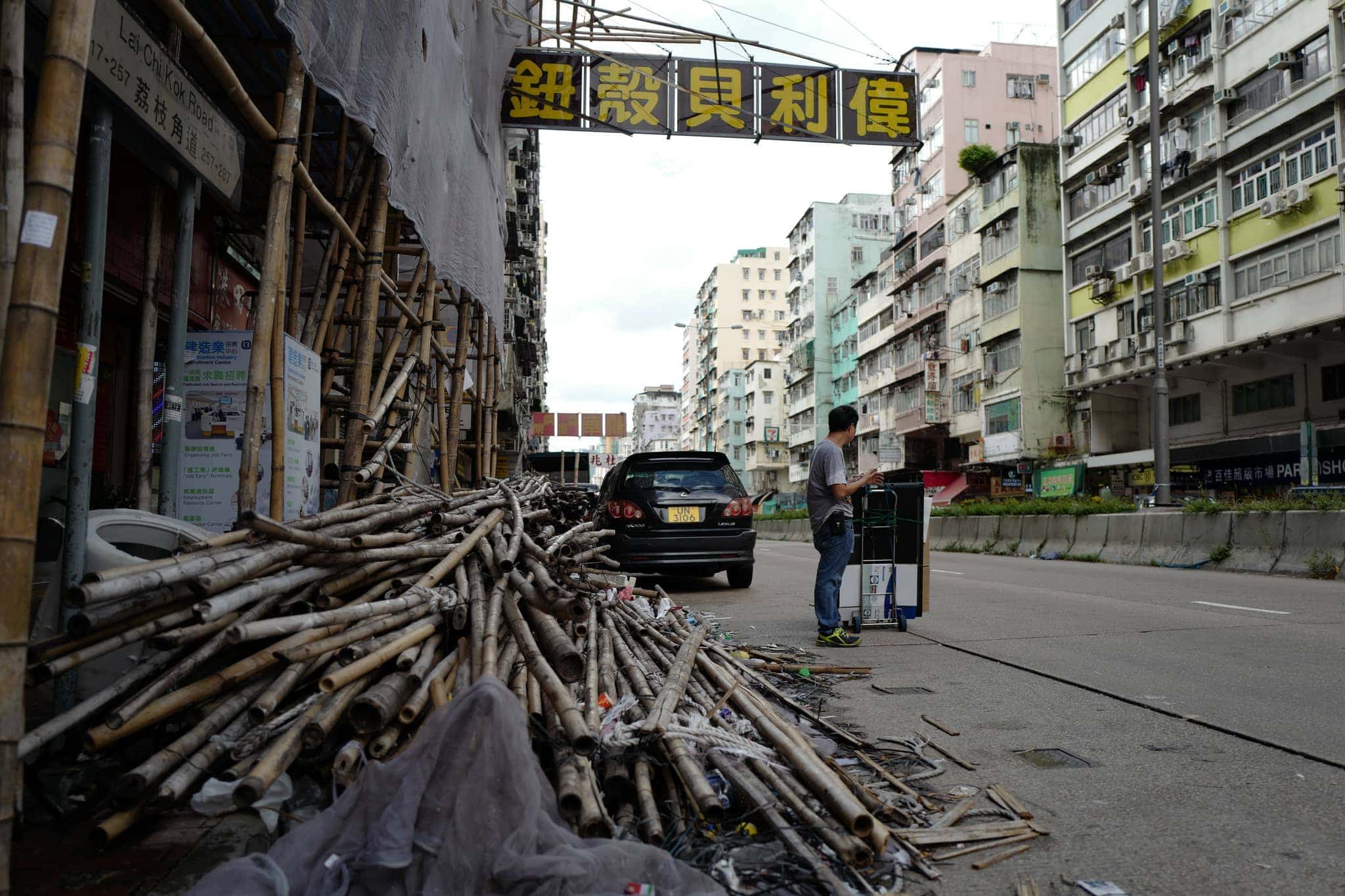
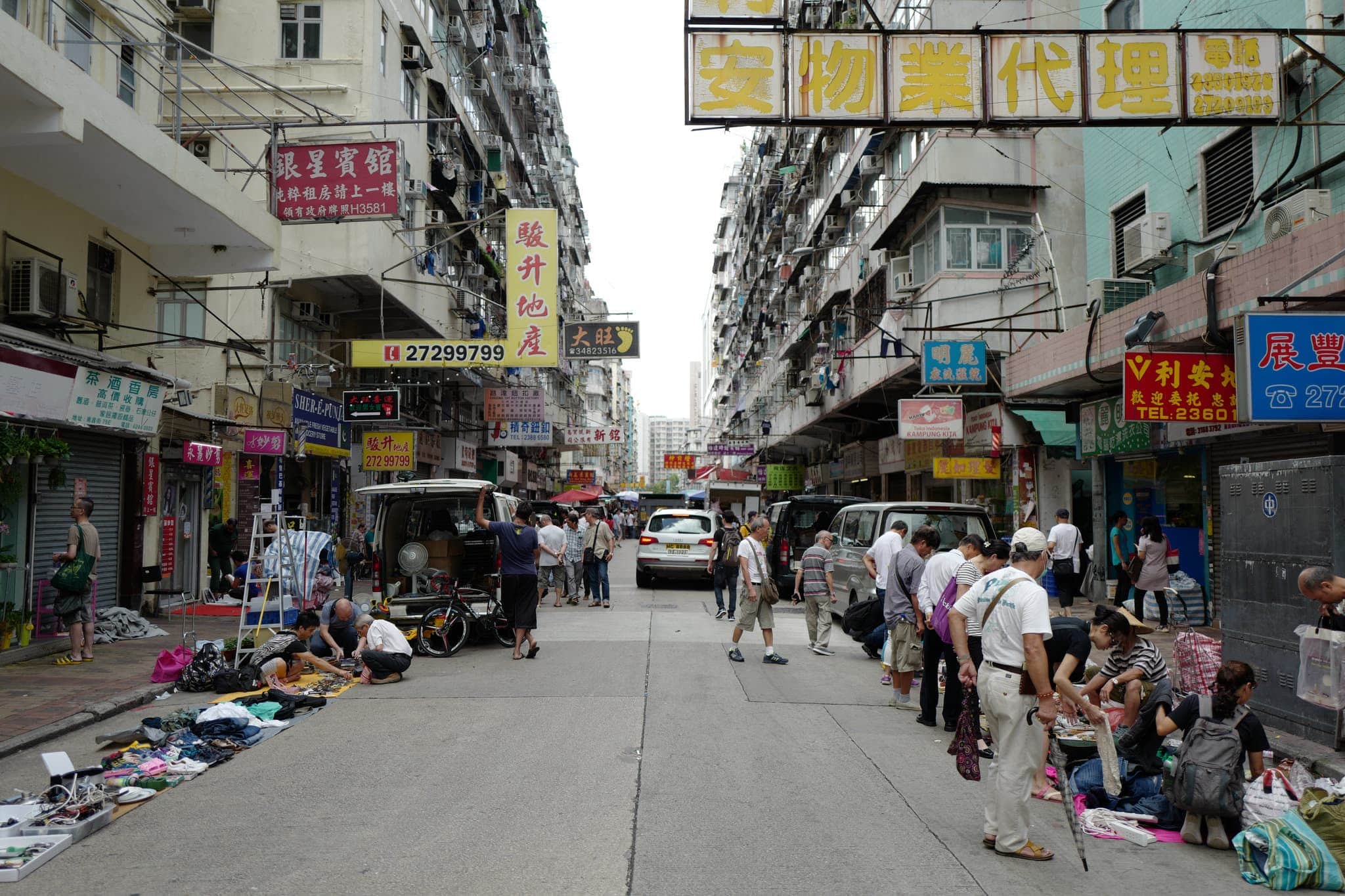
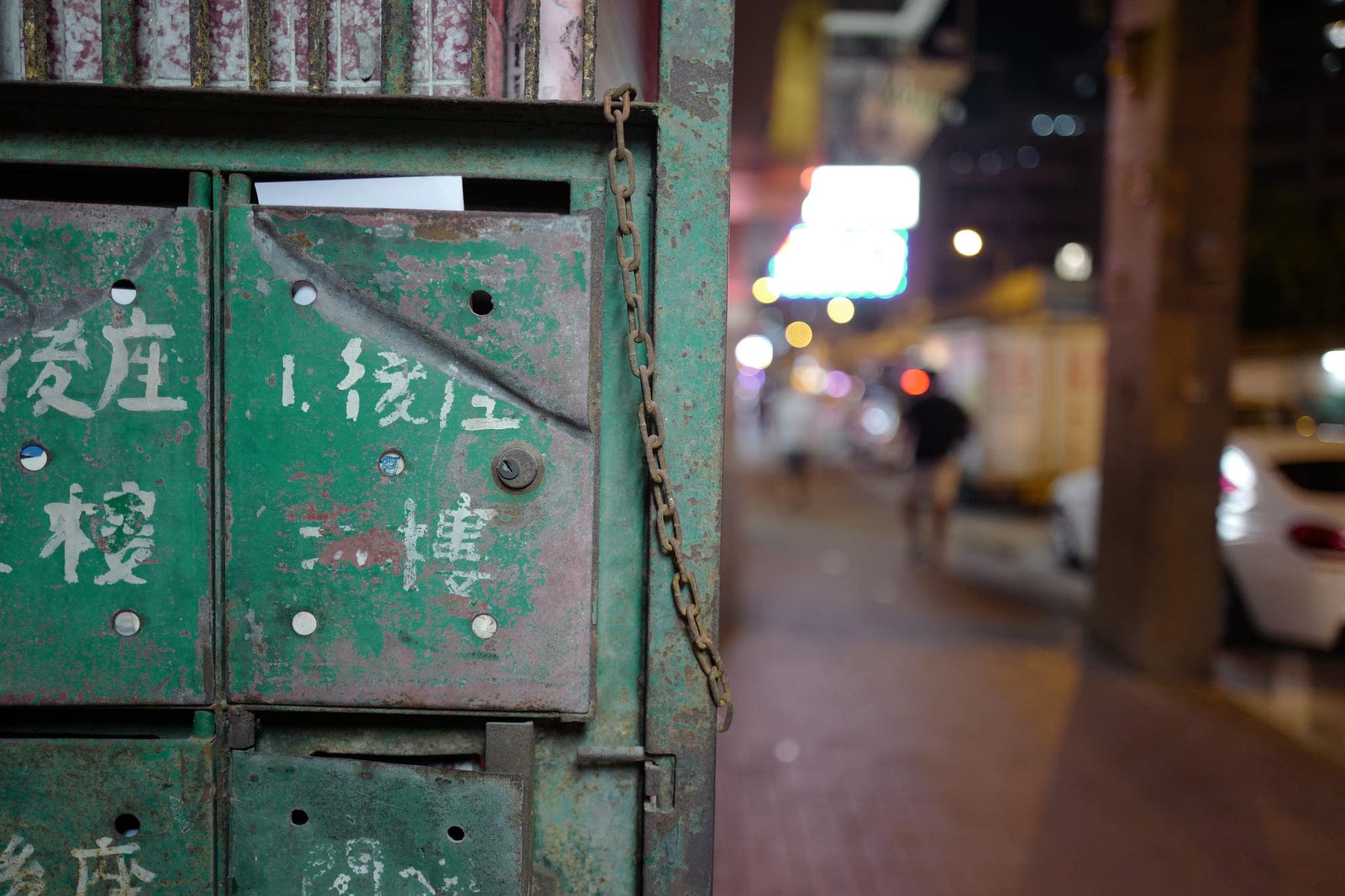
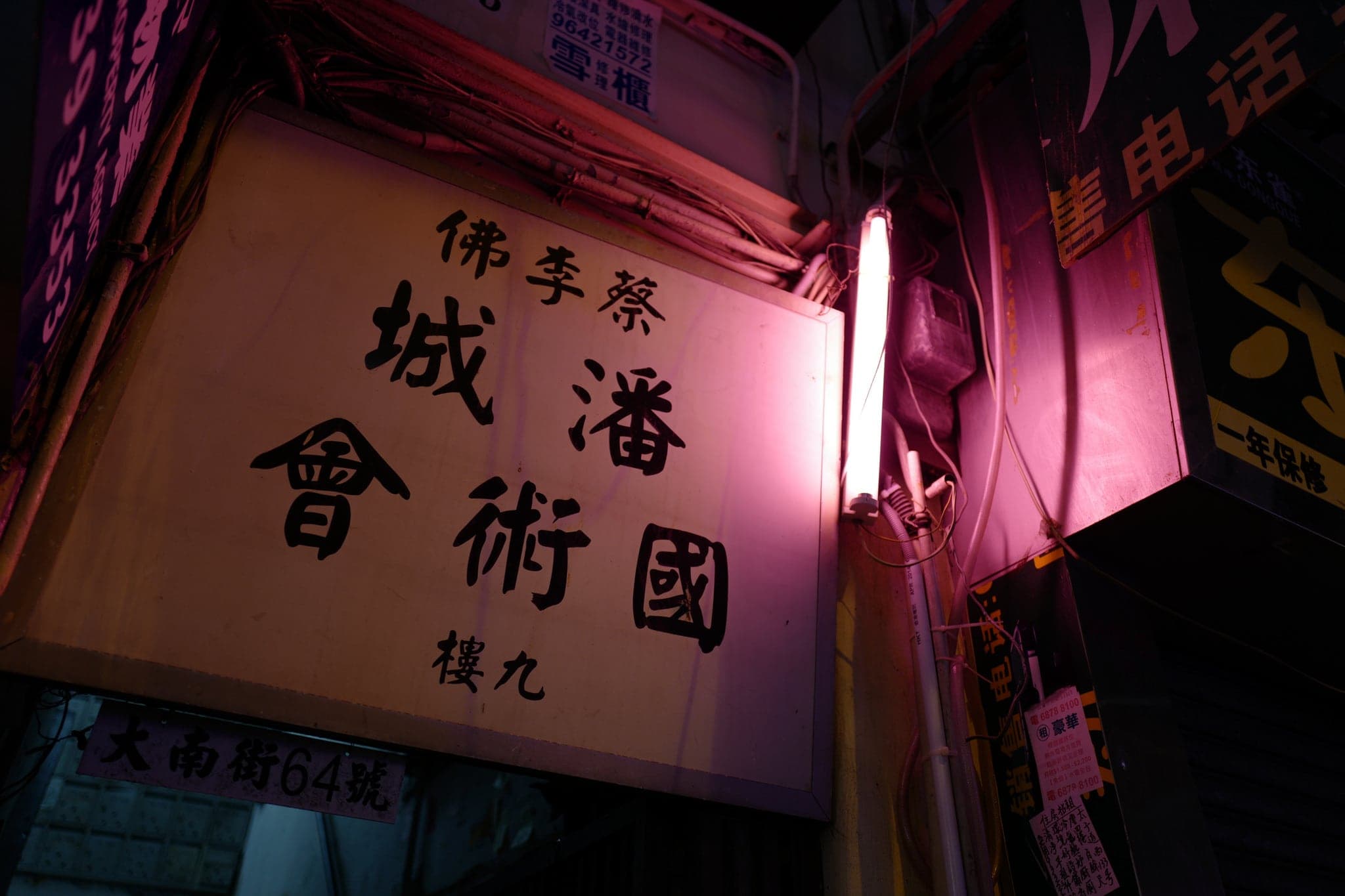
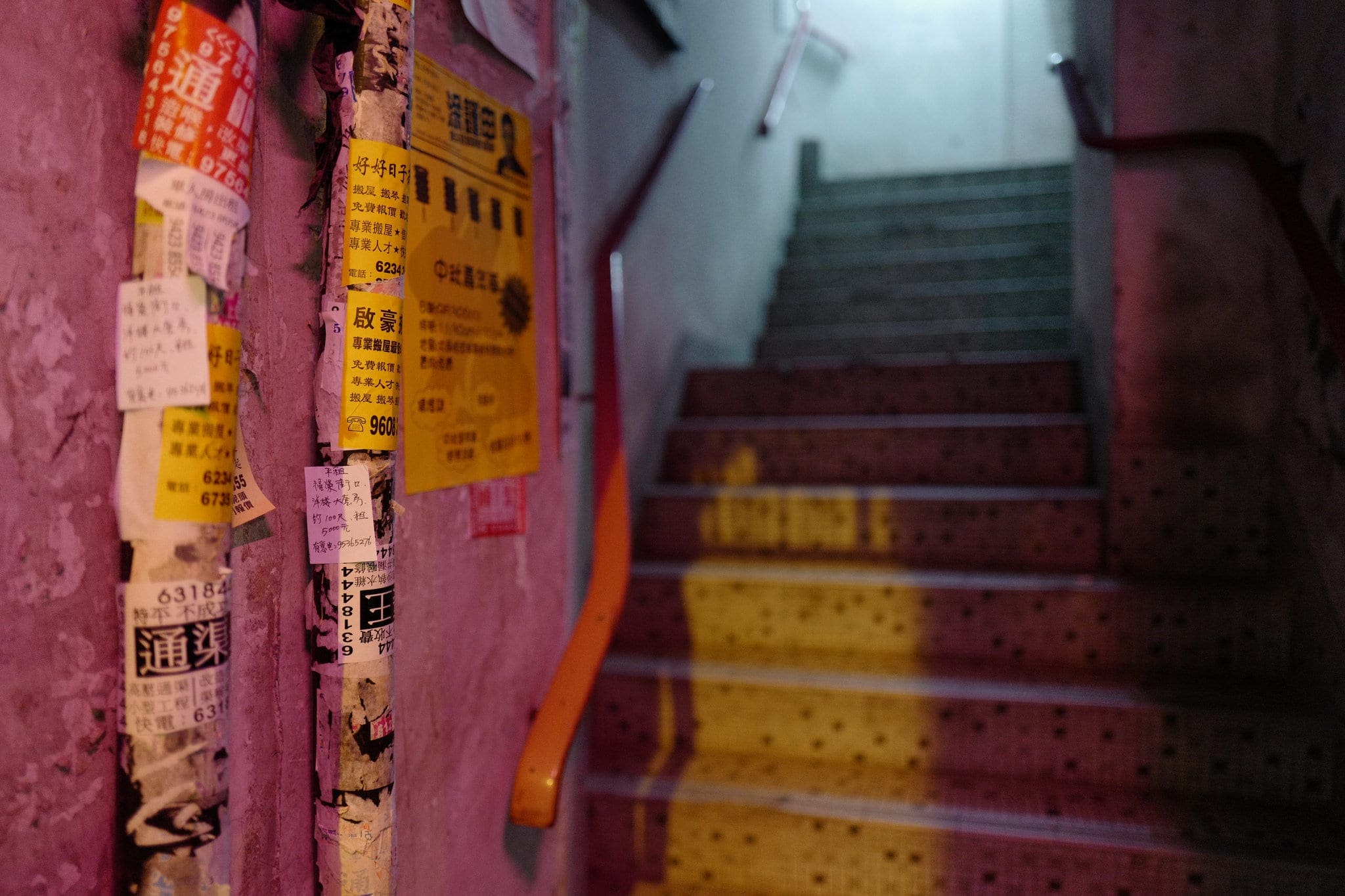
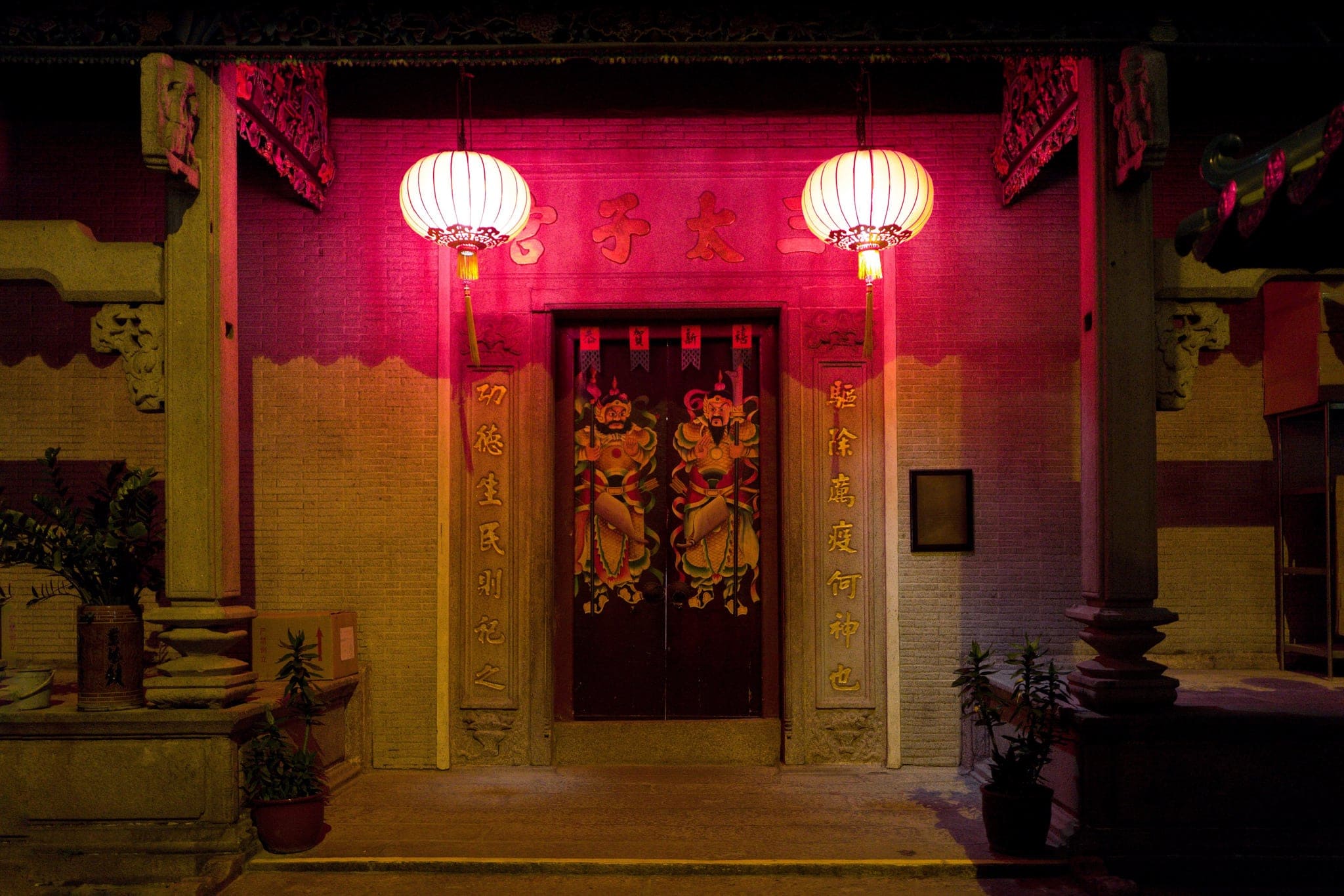
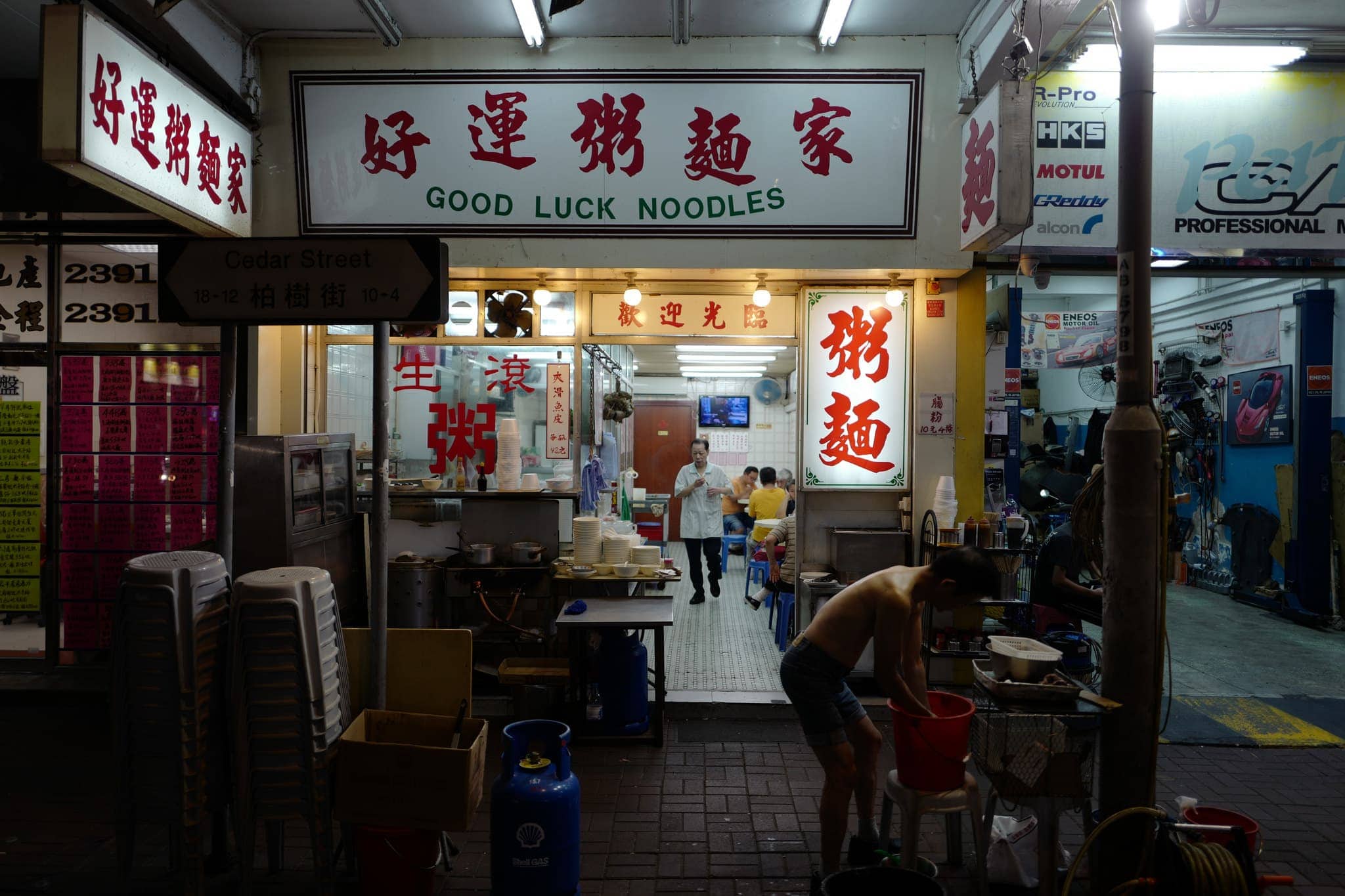
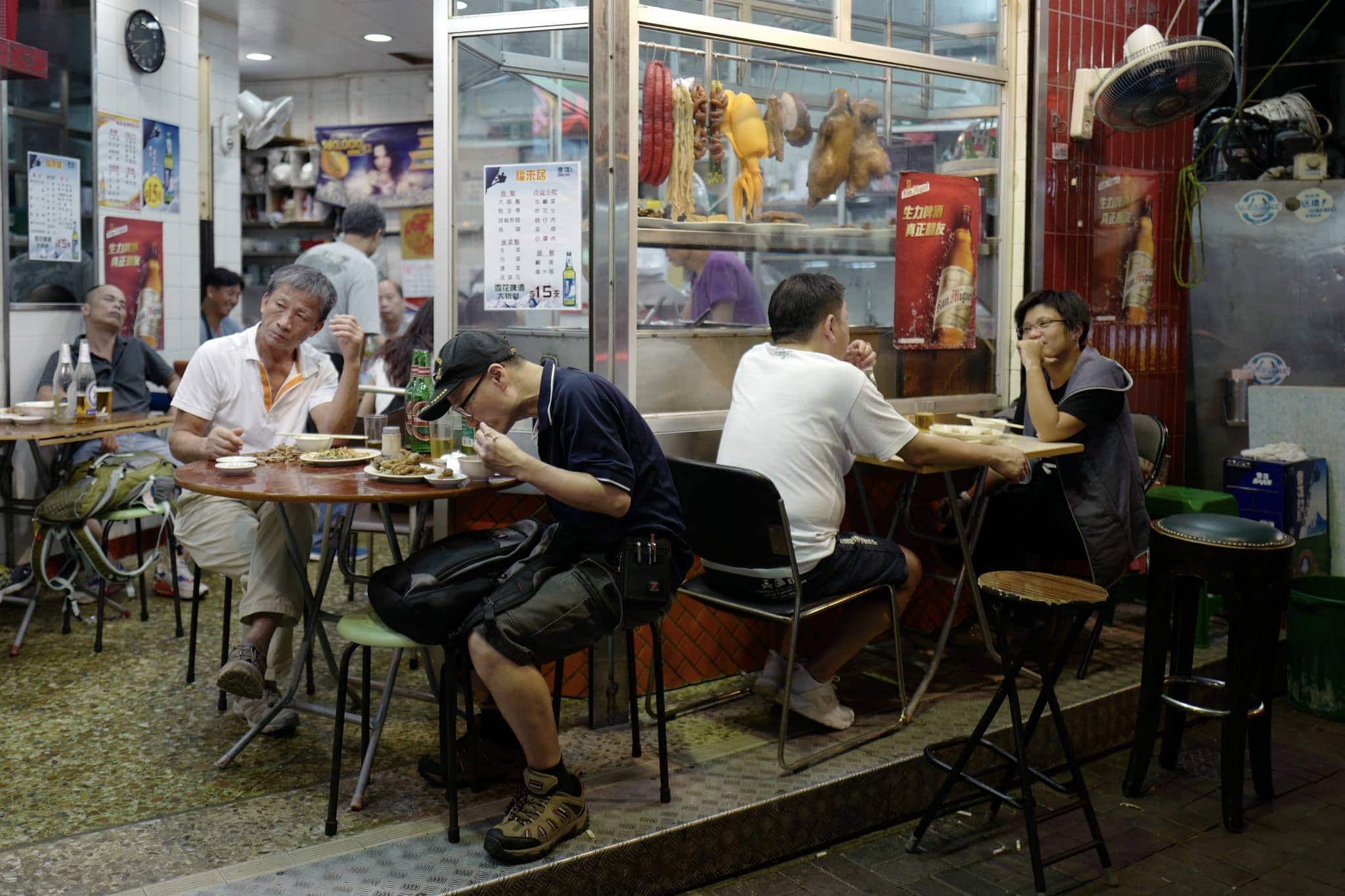
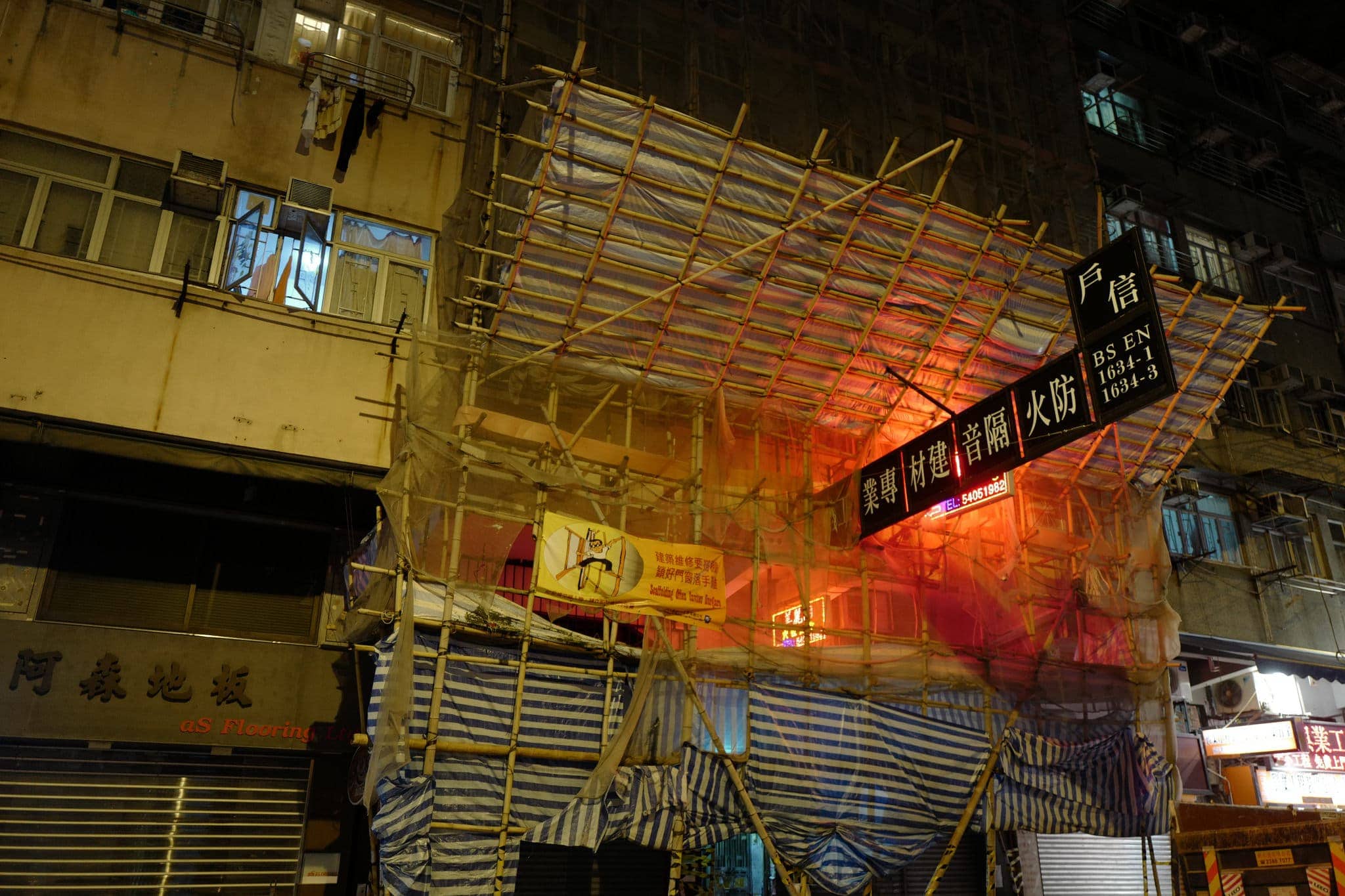
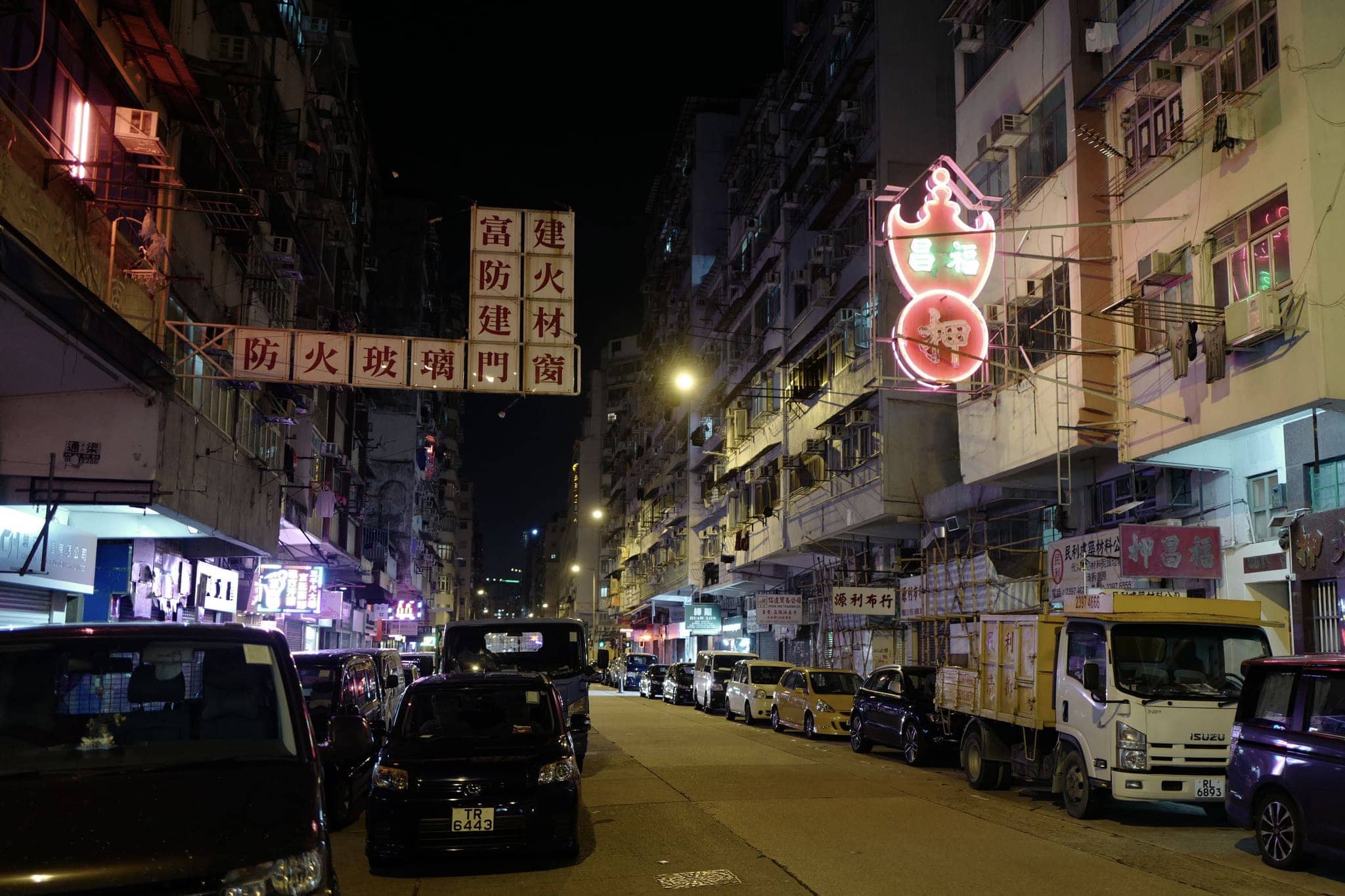
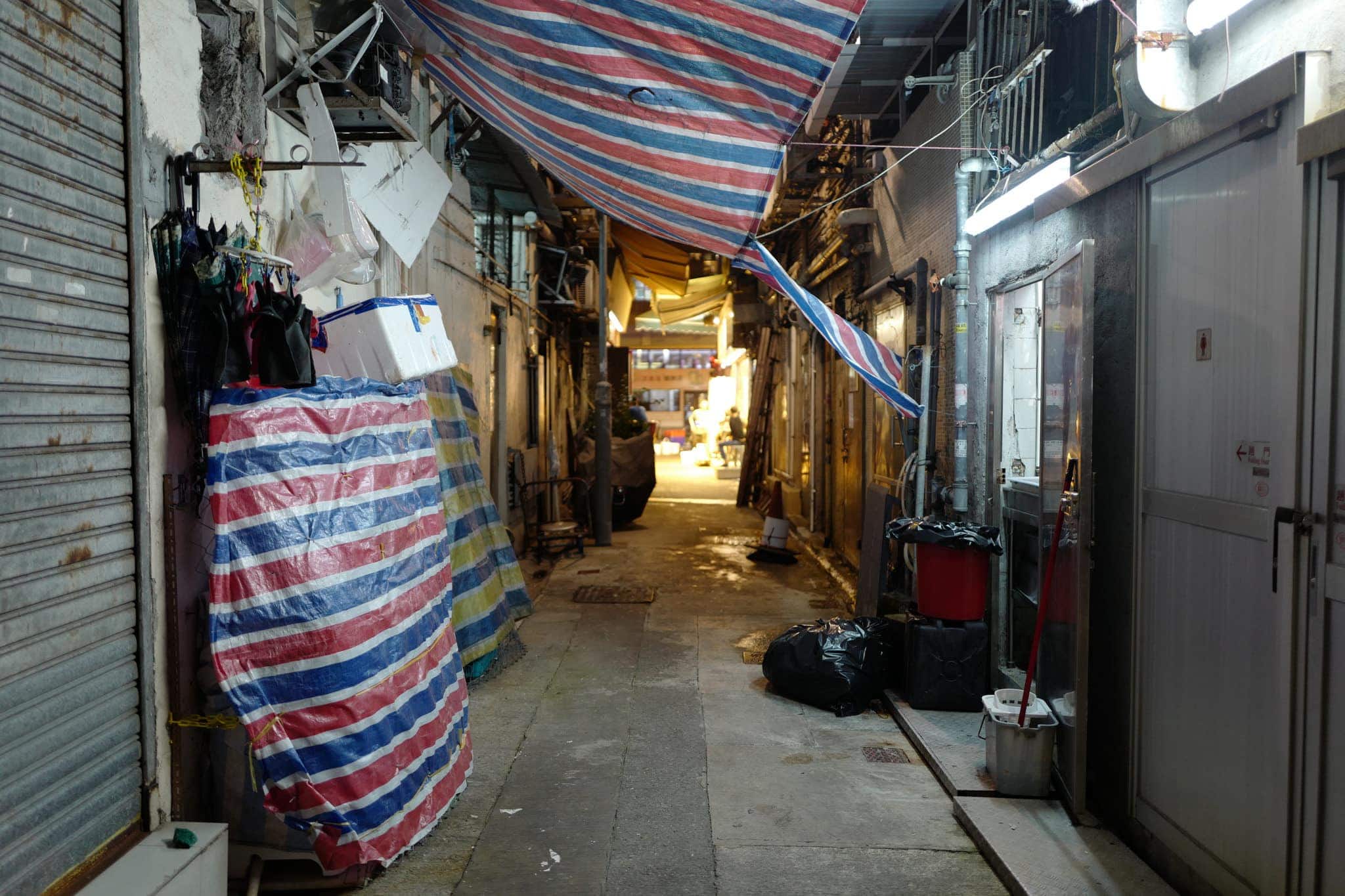
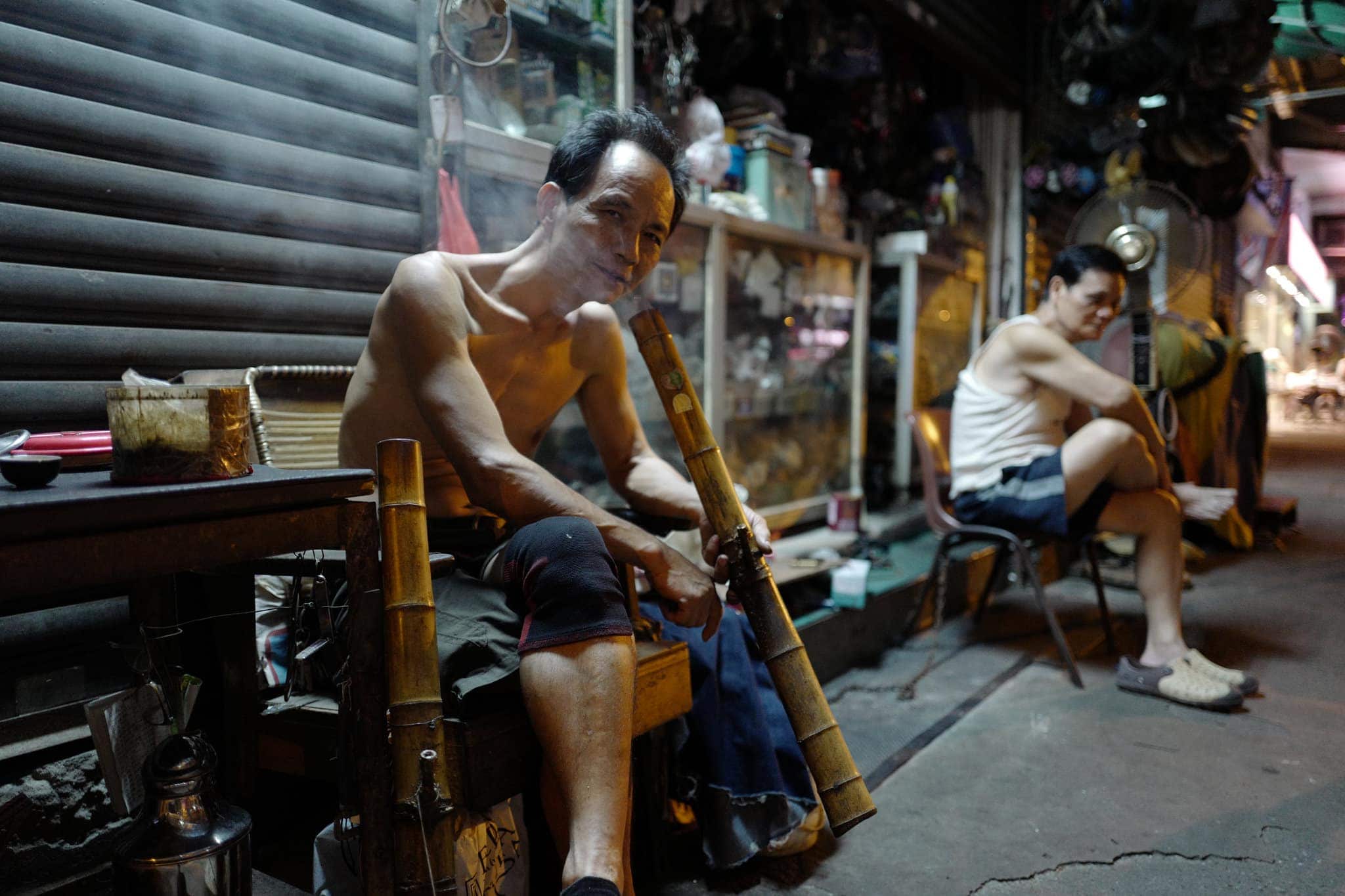
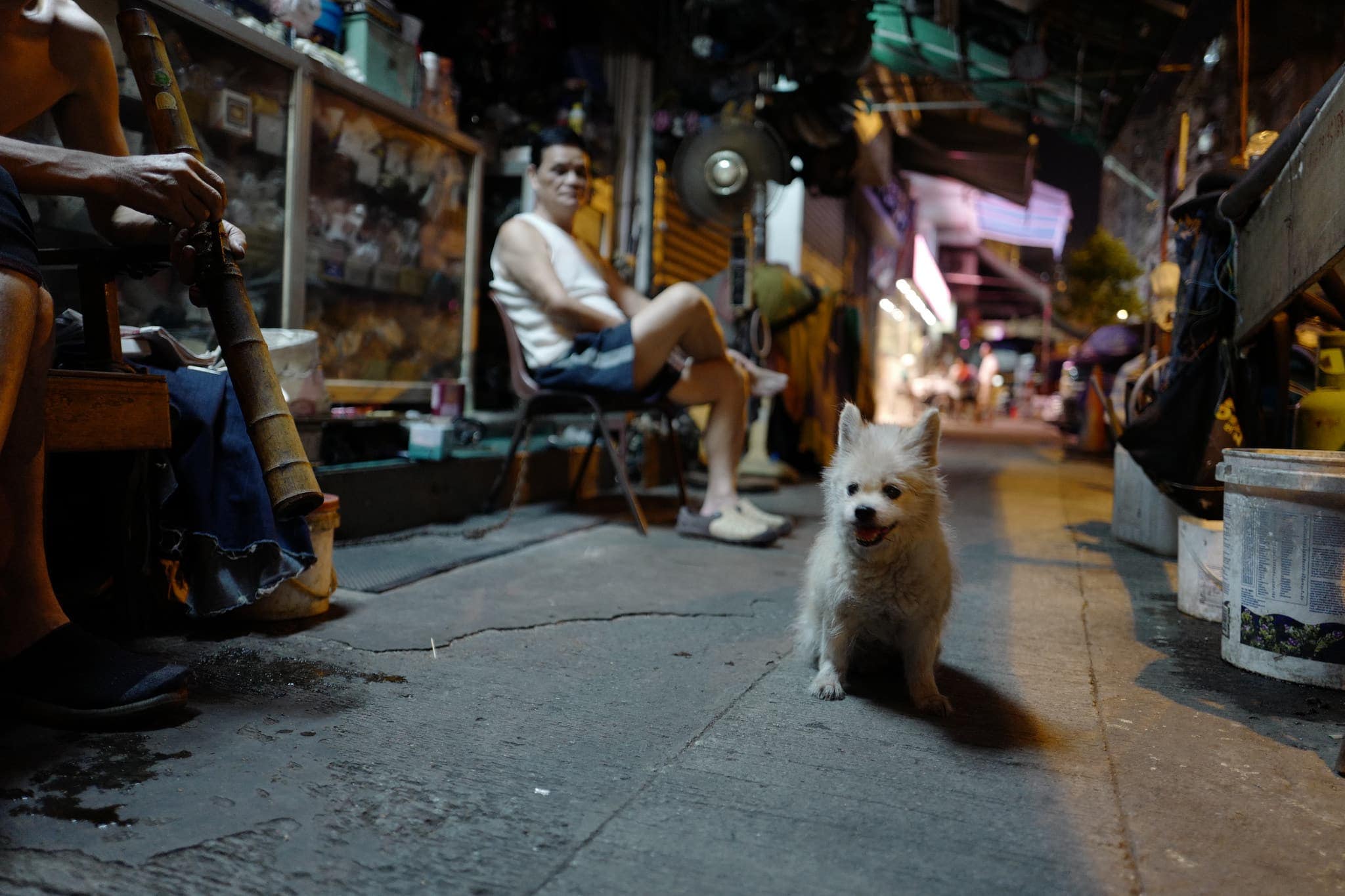

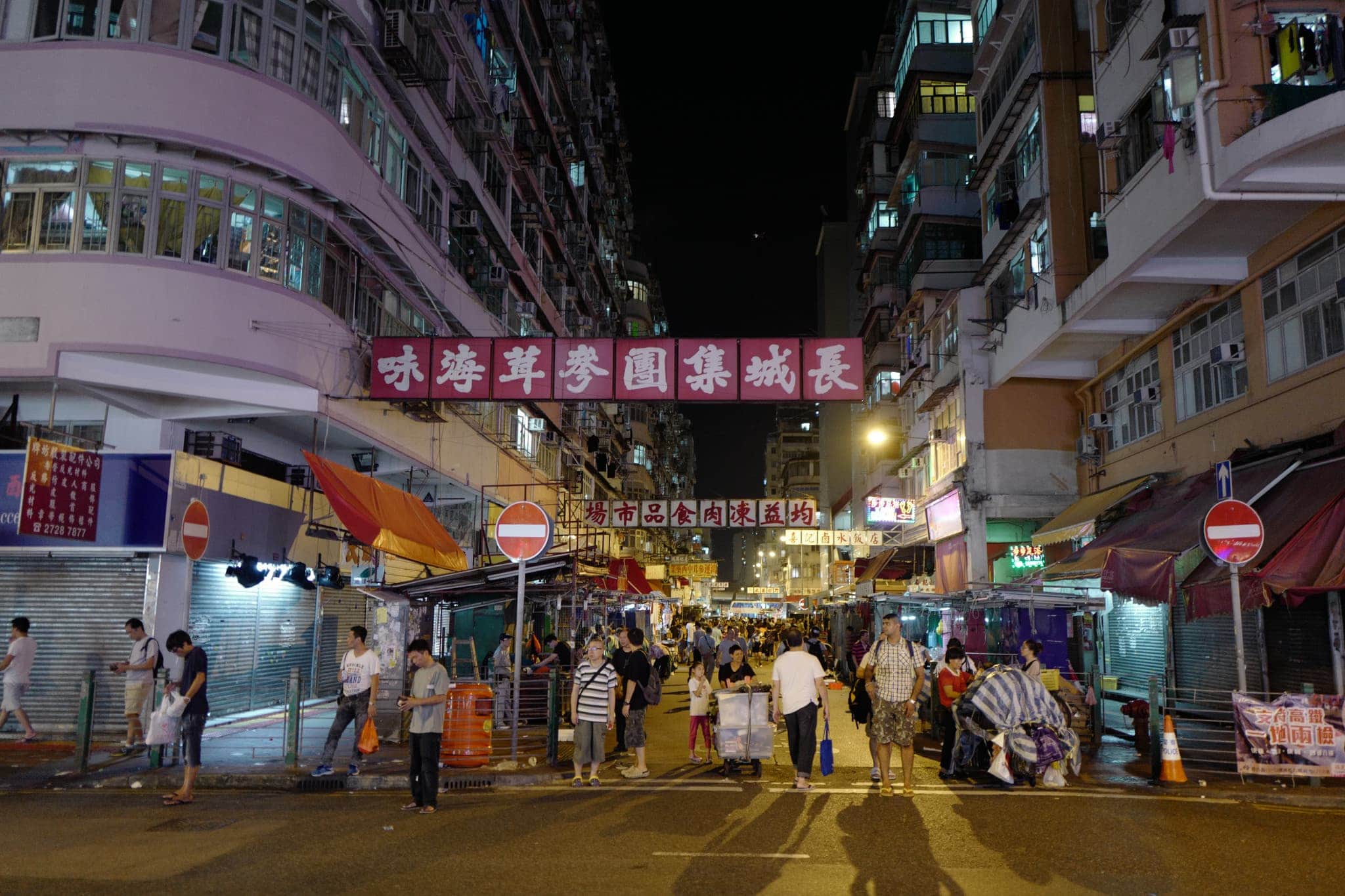
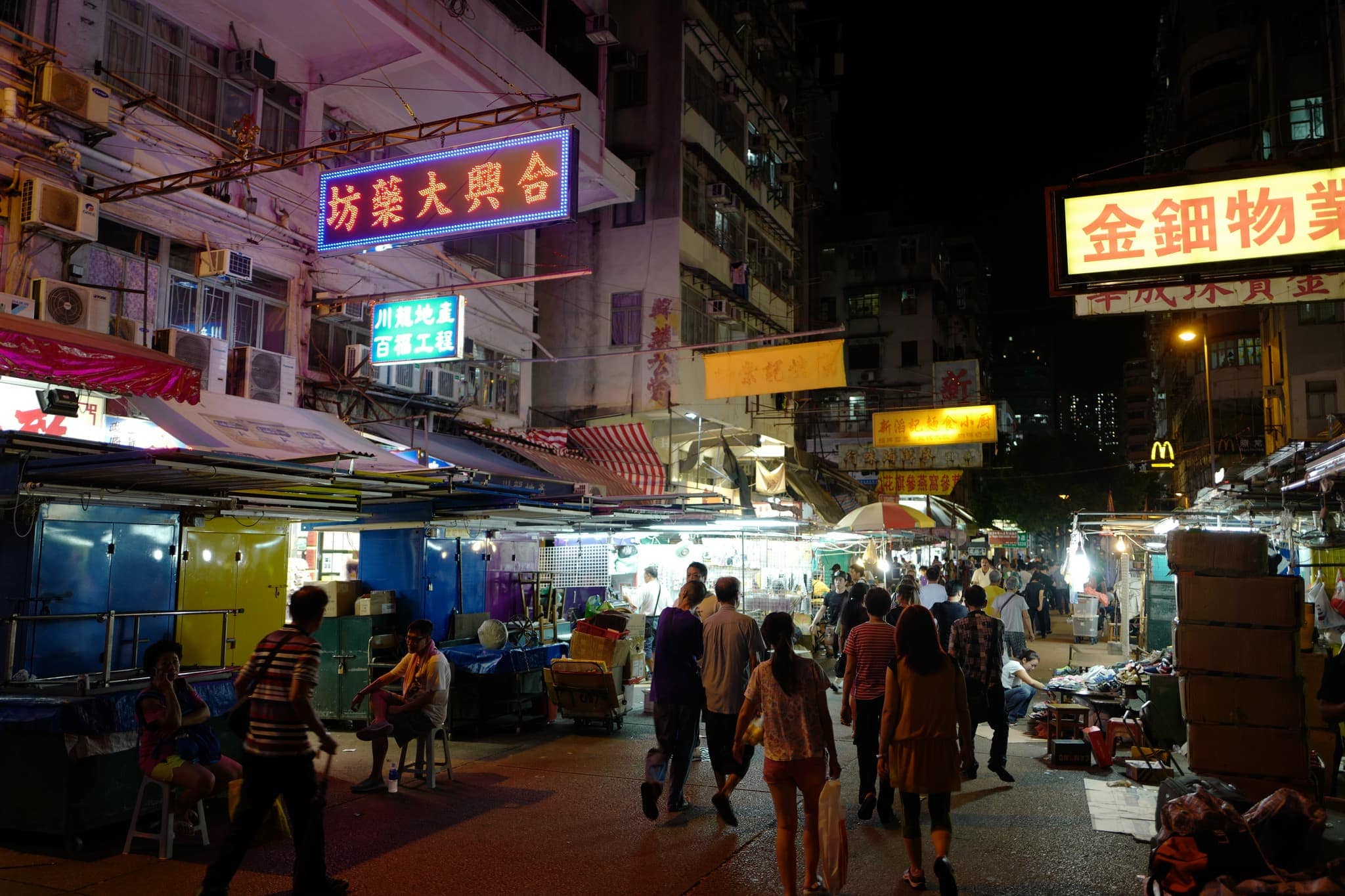
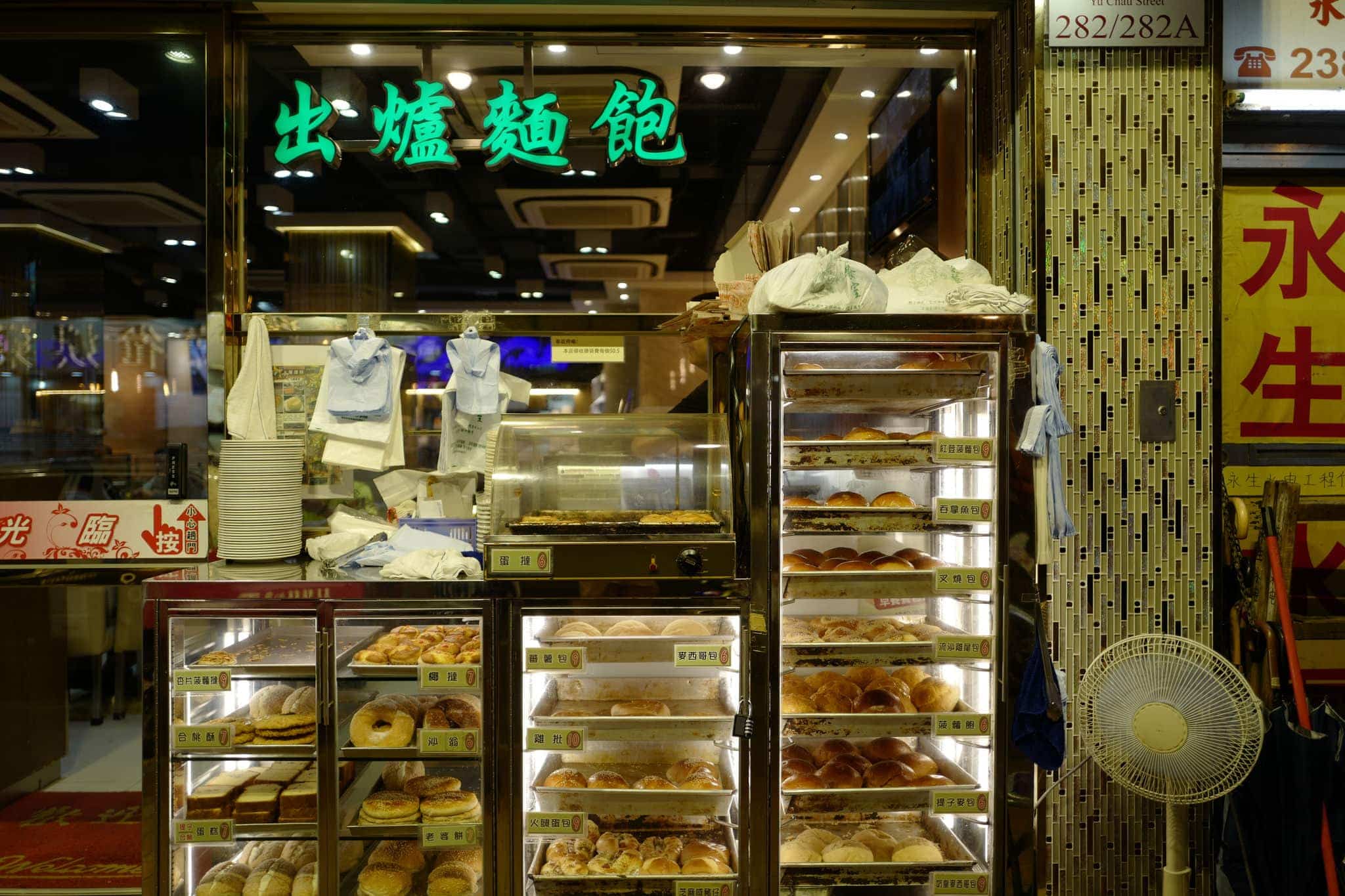

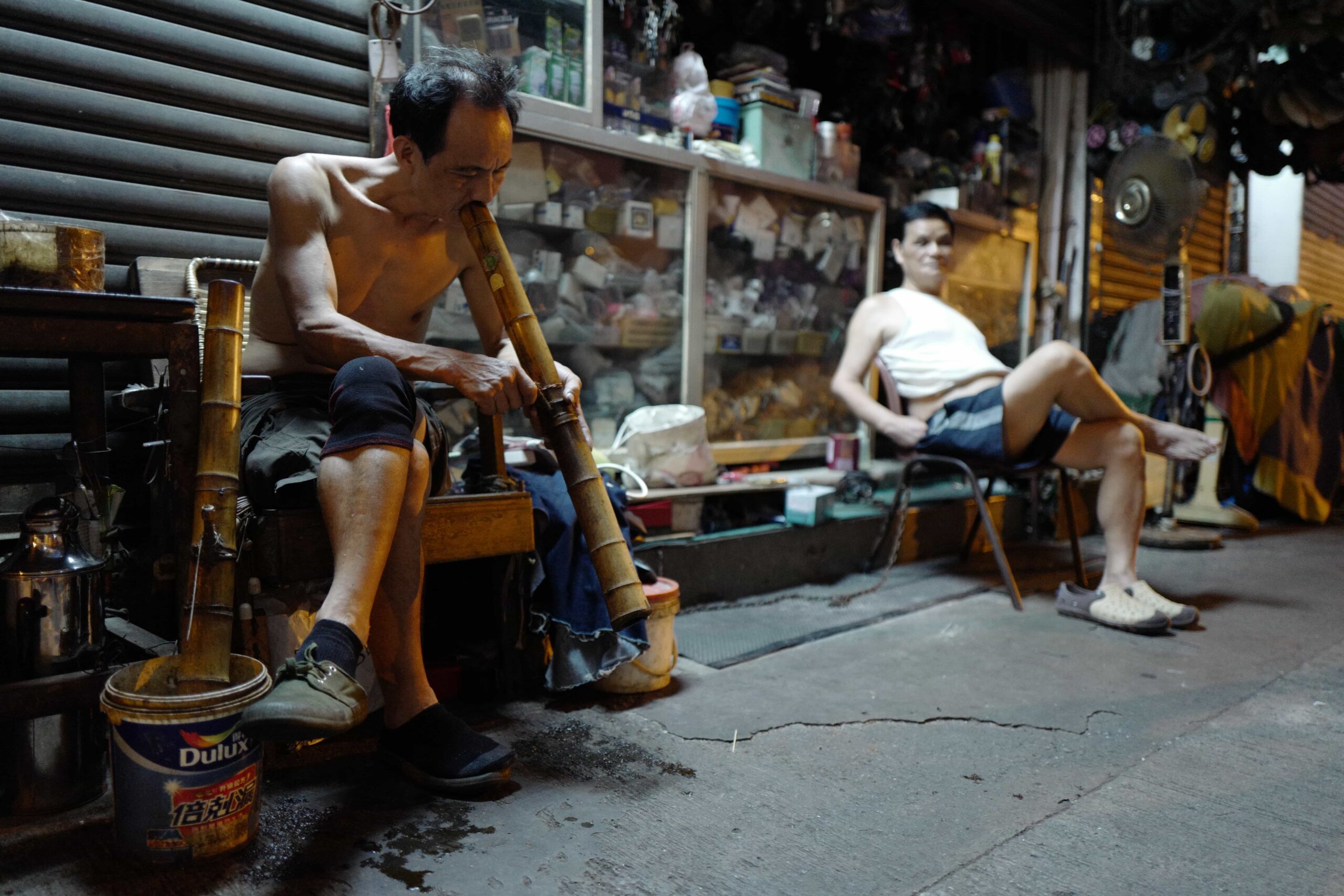
Reply